“New Zealand deserves many visits to be fully explored; its beauty and richness of landscape seem endless. The intensity of colors like the deep blue of the sky or the fresh green of the vegetation can only be experienced in the flesh, no other way is possible.”
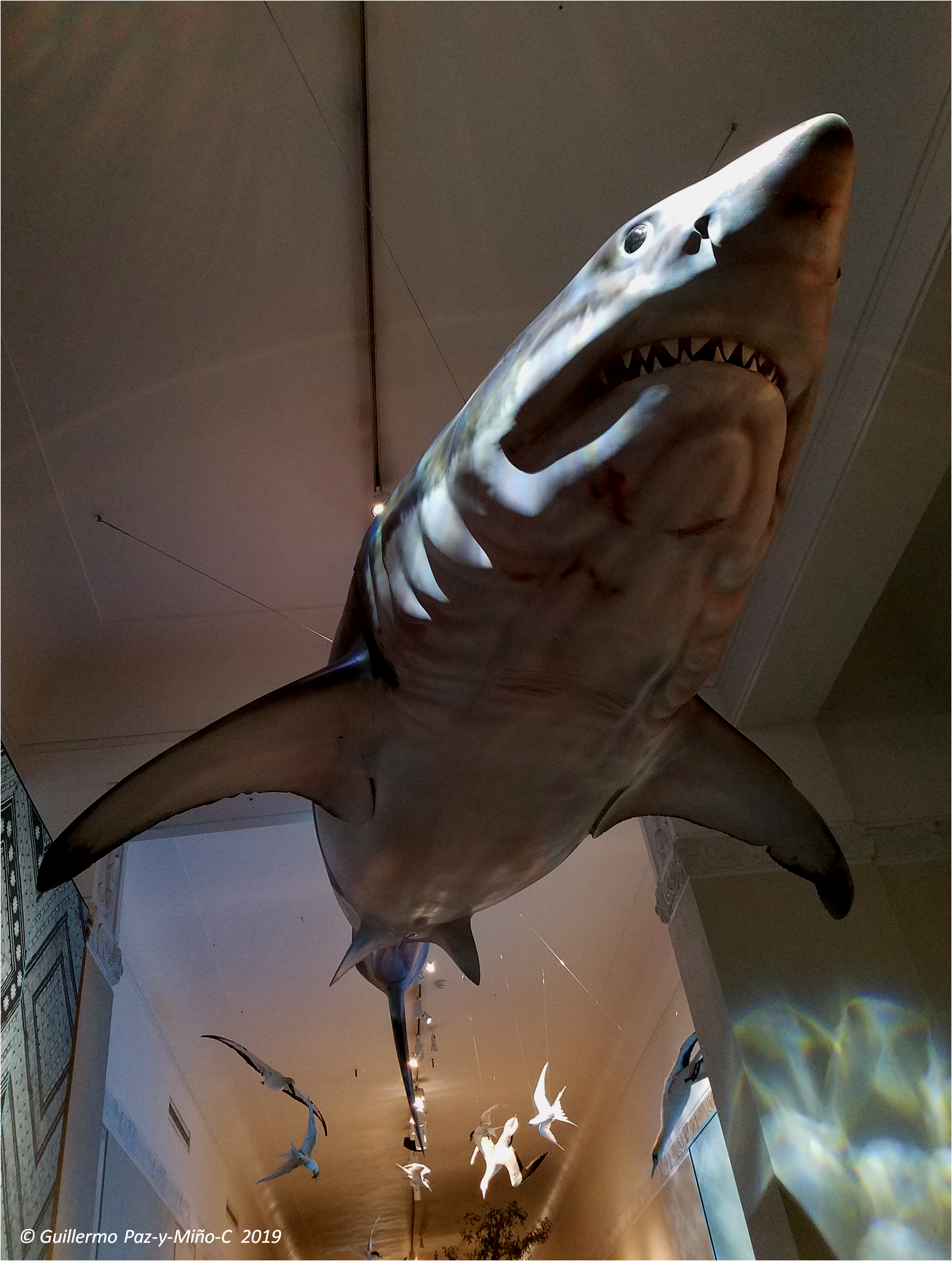
By Guillermo Paz-y-Miño-C
In our quest to explore islands, Avelina and I visited New Zealand during the first three weeks of January, 2019. We are compiling information about biodiversity, human development, and the future of island environments in response to global phenomena, e.g. population growth or climate change. So far, we have been to New Zealand, Hawai’i, the Galapagos, Jamaica and Sicily. Here are the images of our latest journey to the North Island of New Zealand (in no particular order). Enjoy the ride…

Above: the emblematic Pukeko… Western Springs Lakeside Park, Auckland
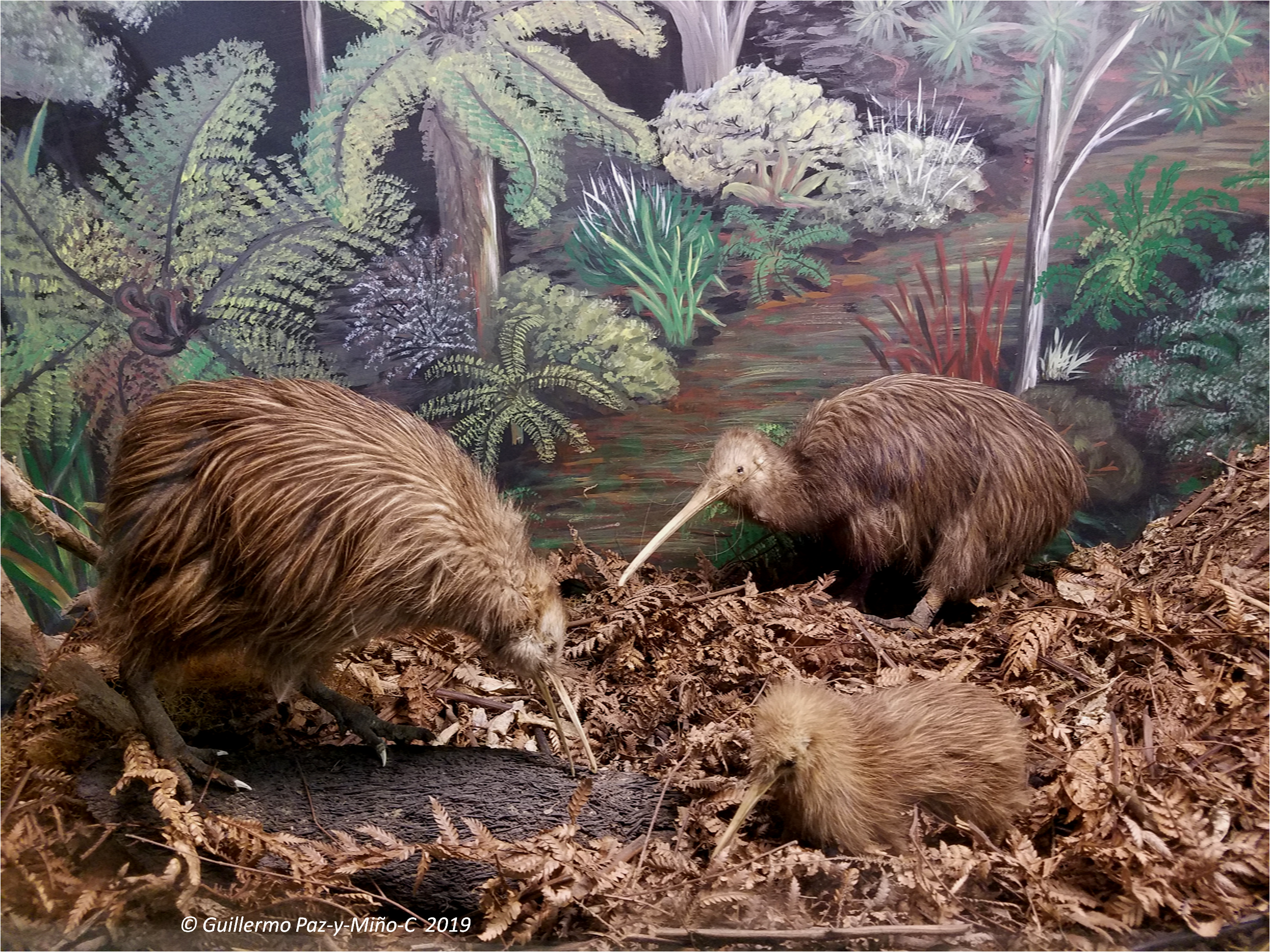
Above: the three kiwi species (diorama) at the Otorohanga Kiwi House (Native Bird Park) – We did get to see kiwis in captivity (night enclosure, no photos allowed – good)
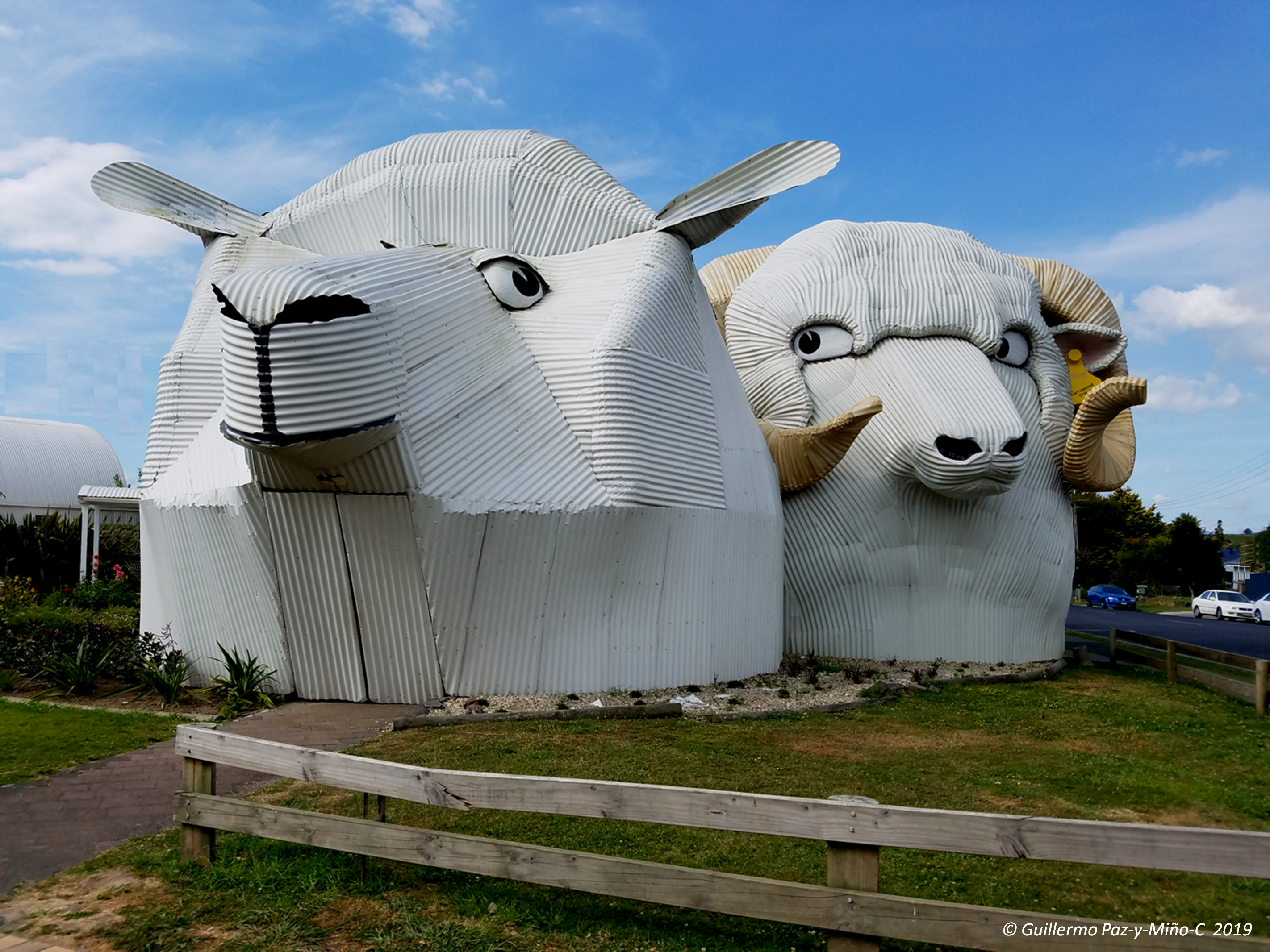
Above: sheep – At the town of Tirau, New Zealand – “The Corrugated -Iron Capital of the World”

Above: we found this Tuatara (endemic to New Zealand) on the ground at the Otorohanga Kiwi House facilities. – We could not get closer than 3-m (9-ft) to take the photos; it was dark and with vegetation around (blocking our view). We managed to find an opening from which to take some shots

Above: imposing vegetation… and the Tasman Sea
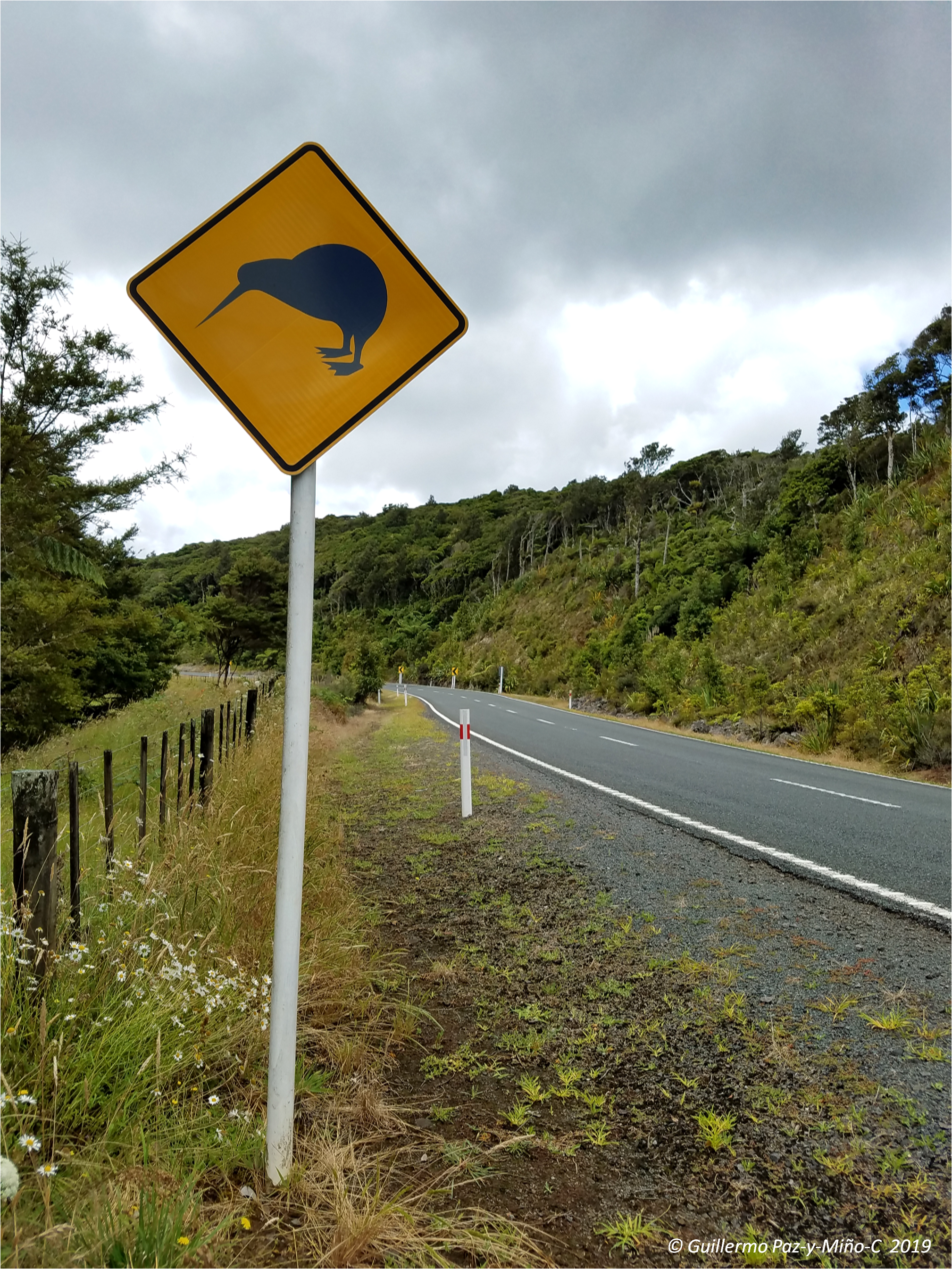
Above: Kiwis crossing… be alert – via Waipoua

Above: exploration summary – 4300 km of driving (2670 mi) in the North Island; 309,550 walking steps while visiting Auckland (i.e. according to our wrist-portable step-counter), nearby and distant cities/towns, their museums and monuments, national parks and protected areas (in other words, about 155 km or 96 mi by foot)!

Above: Sometimes, this is all you need…

Above: …well, you also need this

Above: some good field guides

Above: Boston – Los Angeles (the first 6 hours)
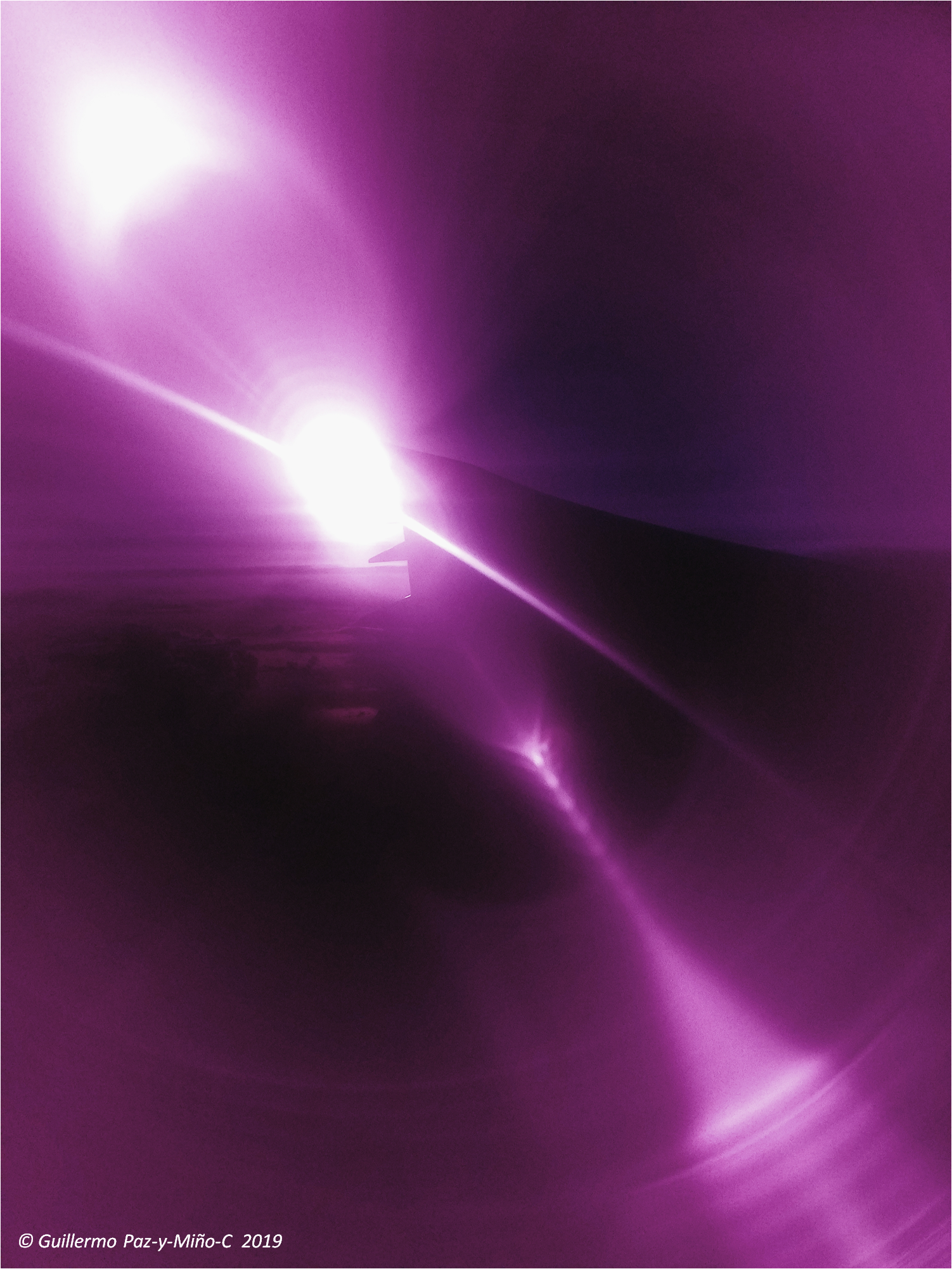
Above: LA to Auckland (13 hours) – middle of the Pacific, through the polarized window of our “modern” plane. We could see the Sun outside (it looked like the moon), but it was “night” inside. Then, quickly, but gently, the “sunrise” effect was controlled from the cockpit to give us the illusion of arriving during the early morning

Above: again, driving on the right / wrong side

Above: antique Honda, well kept
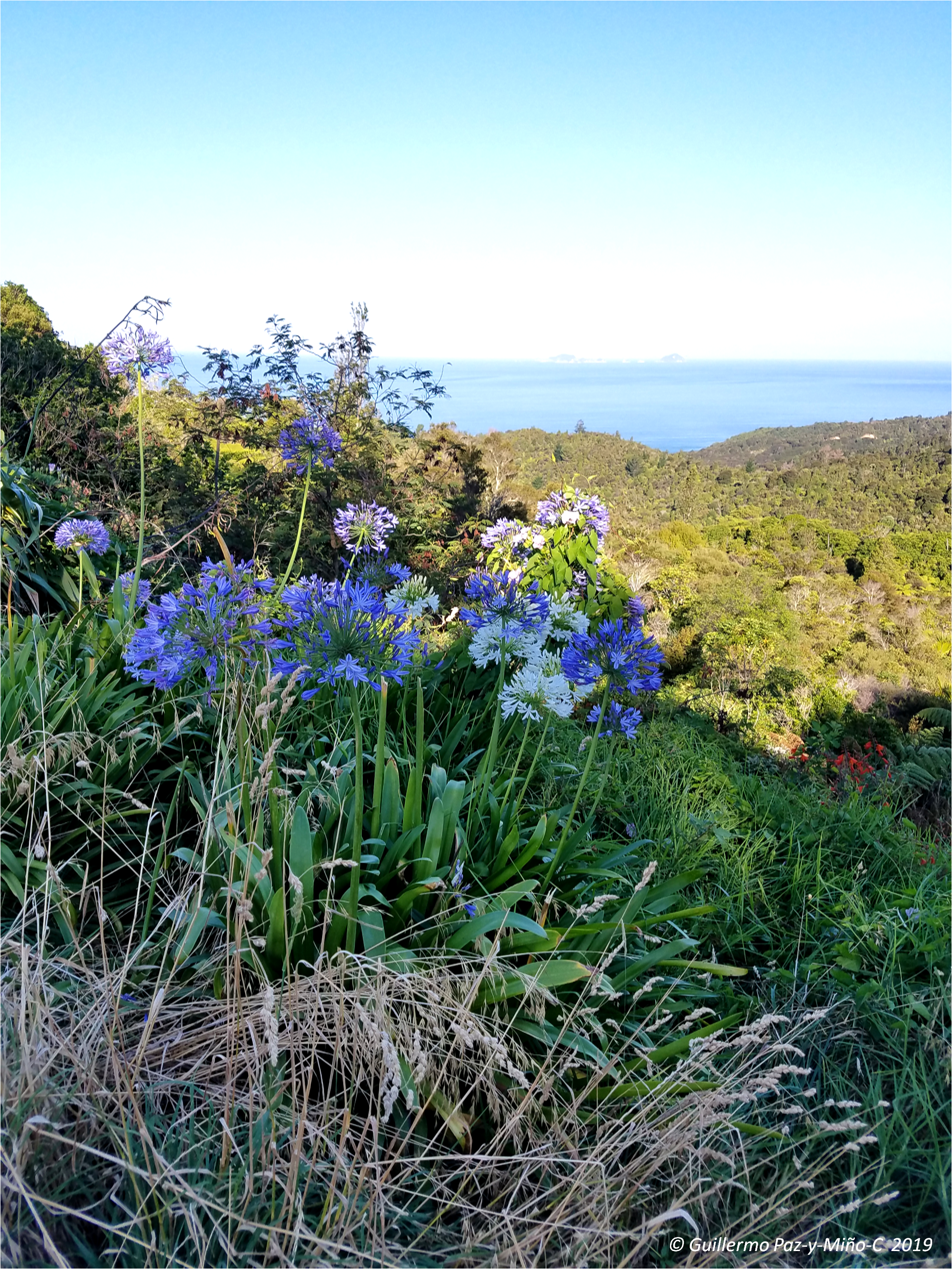
Above: the first colors of New Zealand; the Whenuakite Kiwi Sanctuary – [btw these are the real colors]

Above: Trail at the Kauri-Tree forest in Waipoua

Above: the Albert Park Band Rotunda in Auckland

Above: at the Albert Park, downtown Auckland
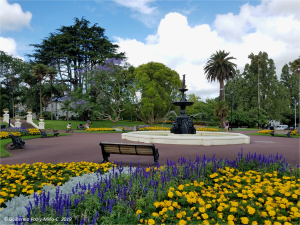
Above: at the Albert Park, downtown Auckland

Above: Albion Printing Press from 1863, General Library, University of Auckland

Above: Alligator hiding “behind” duckweed…

Above: And another take of alligator hiding “behind” duckweed…

Above: a take of the beautiful “island of green” in the middle of the Auckland downtown; a vegetation patch with six old, very old imposing trees and their branches; each creature looks like a giant octopus..

Above: anti-earthquake building (hopefully), downtown Auckland

Above: we visited the spectacular Aranui Cave in Waitomo, about two hours South of Auckland. We also entered the Glowworm Caves, which were spectacular as well, but no photos were allowed in there (good policy). In any event, here is a series of seven images taken in the Aranui Cave (where photos were allowed), choose your favorite.

Above: at the spectacular Aranui Cave in Waitomo

Above: at the spectacular Aranui Cave in Waitomo

Above: at the spectacular Aranui Cave in Waitomo
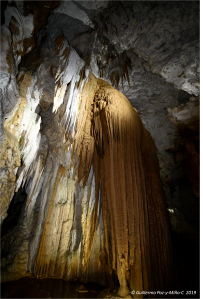
Above: at the spectacular Aranui Cave in Waitomo

Above: at the spectacular Aranui Cave in Waitomo

Above: this is a CLOSE UP, these stalactites are about 2-3 inches each, others a bit larger.

Above: corner view of the Auckland Art Gallery

Above: the main hall, Auckland Art Gallery

Above: Auckland from the summit of Mount Victoria

Above: Auckland, as seen from the Sky Tower

Above: Auckland… the moon, almost full

Above: B&W moments

Above: Auckland, New Zealand

Above: some time for a panoramic of the Auckland Museum [its actual name is Auckland War Memorial Museum, but the exhibits are not restricted to war or related memories; in fact, the most impressive aspect of the museum is its collection of Maori and Pacific artifacts, spectacular]
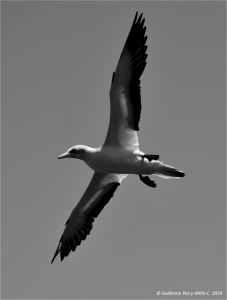
Above: Australasian gannet… one of thousands in a five-patch colony. Tasman Sea

Above: Australasian gannet, a bit mad

Above: Australasian gannet after attempting to approach its nest and mate, but too windy… another approach was necessary – Tasman Sea

Above: Quiet bamboo walk at the Chinese Garden, Hamilton Gardens

Above: Before the Rain… Wairoa River

Above: at the Albert Park, downtown Auckland

Above: We managed to get 11 different postcards with illustrations (antiques) depicting the birds of the Tongariro National Park

Above: Black Swan in B&W, Western Springs Lakeside Park, Auckland

Above: an elegant Black Swan at the Western Springs Lakeside Park, Auckland

Above: we found these black swans at Lake Taupō… male and female. They had five offspring with them, almost adult size; the parents were ready to defend them (i.e. charge) if anybody got too close…

Above: close up (color) of the Sky Tower in Auckland

Above: a view of the Bream Head [little peninsula in the back] from nearby Ruakaka, Highway 1 North; about an hour and a half from Auckland – BTW natural colors; the NZ sky is that blue and the landscape that green. – NZ is beautiful

Above: this was not our transportation – “The Dome” – Dome Forest Conservation Area

Above: this was our transportation — every time we rent a car, they give us a bright color one. This time was red. Last time (in Vancouver), a bright blue large truck almost impossible to park. In any event, can you spot the rooster and the hen? There are somewhere in the photo. Highway 1 North, an hour away from Auckland

Above: North Island, New Zealand… sheep skins inside (???)

Above: the youthful looking campus of the University of Auckland

Above: Chinese Pagoda at the Hamilton Gardens
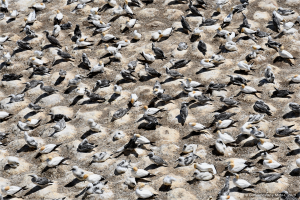
Above: How many? – Australasian gannets, a huge colony. Tasman sea
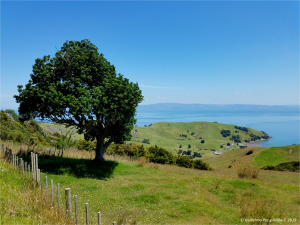
Above: The colors of New Zealand, North Island, nearby Te Rerenga [btw these are the real colors]

Above: “Dogs [that roam] Kill Our Kiwi”

Above: How do I look, asked the gosling. Zoom in to see the gloom. Western Springs Lakeside Park, Auckland

Above: an overused dynosphere, Sky Tower, Auckland

Above: the Auckland Art Gallery
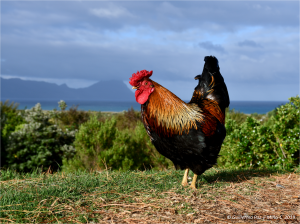
Above: we found this imposing feral rooster nearby Warkworth. We drove North and reached Waitangi, about 230 km / 143 mi (x2) from Auckland

Above: feral roosters (chickens) are quite common in all New Zealand
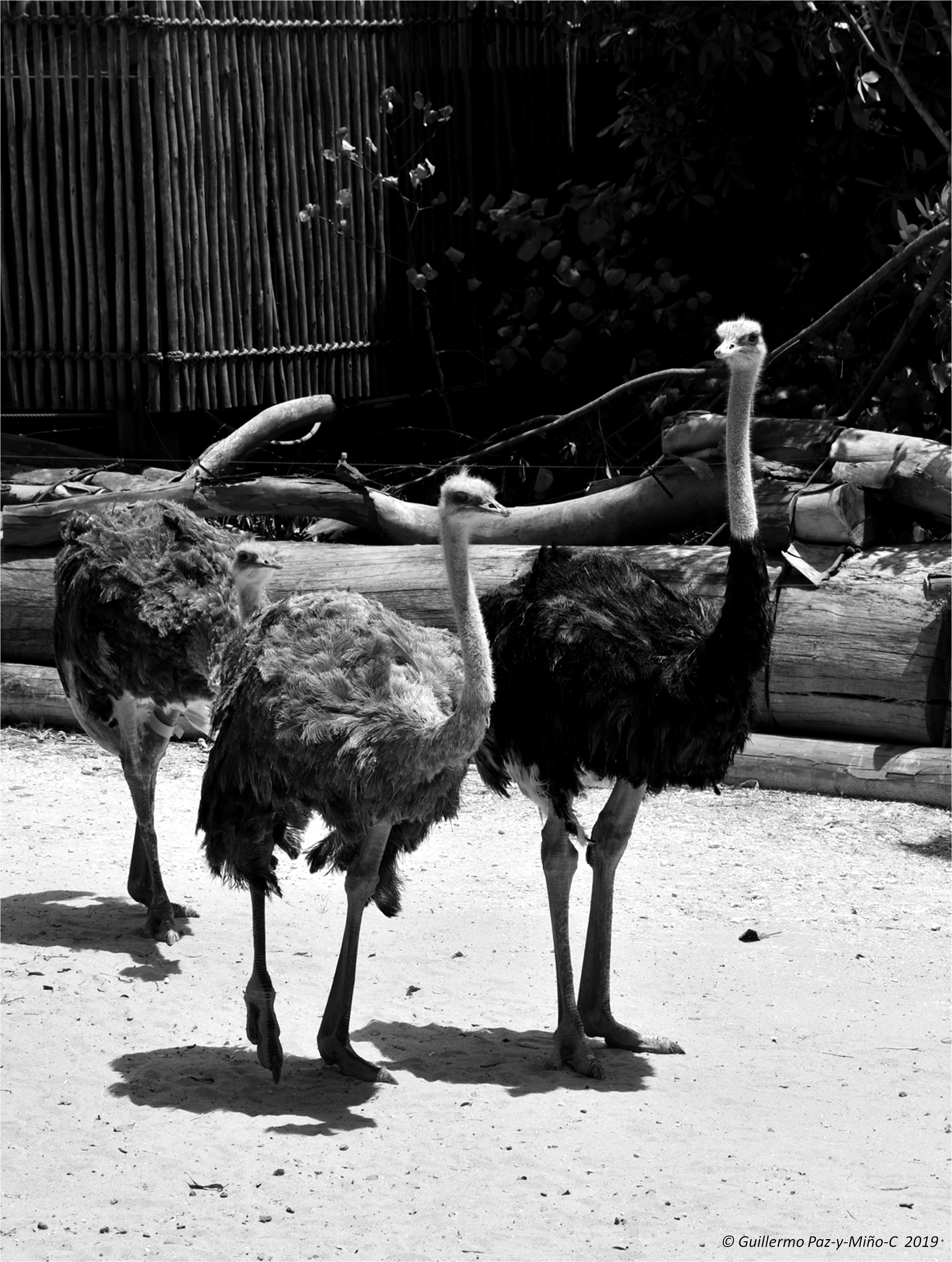
Above: some “large birds”, Auckland Zoo
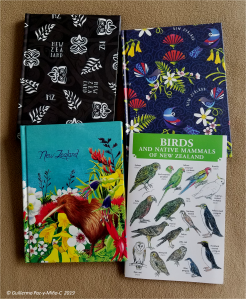
Above: we got ourselves these beautiful field-notes-books and a portable guide of NZ birds and mammals illustrated by Lloyd Esler. What makes the latter special is the sketchy, yet accurate depiction of the species

Above: Hamilton Gardens, in the city of Hamilton

Above: Colony of Australasian gannets on top… one is taking off. Tasman Sea

Above: Australasian gannets flying over the Tasman Sea

Above: the General Library, University of Auckland

Above: inside the General Library, University of Auckland

Above: Zero Tolerance… posted at the entrance to the General Library, University of Auckland

Above: muddy giant tortoise, Auckland Zoo

Above: another muddy giant tortoise, Auckland Zoo

Above: The day ended at a breezy Rotorua Lake

Above: Warm afternoon… Tongariro National Park, North Island

Above: Hamadryas feeding and grooming together… Auckland Zoo

Above: the “harbor building” in Auckland is quite nice, but the street on front of it was under renovation and made it difficult to take a good shot

Above: at the Albert Park, downtown Auckland

Above: Hinana, Auckland Museum
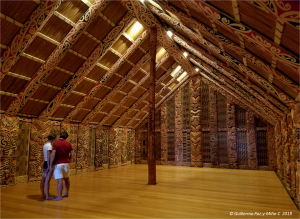
Above: Hotunui, ceremonial, saturation of beauty… Maori and Pacific Island cultures… Auckland Museum

Above: Immense landscape, Tasman Sea

Above: Indian Char Bagh, Hamilton Gardens
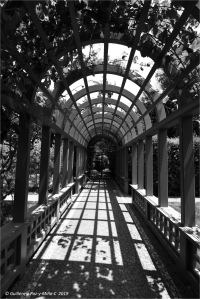
Above: The Italian Renaissance Garden at the Hamilton Gardens

Above: Juvenile Hamadryas, Auckland Zoo

Above: Kakapo and Pukeko, street painting, Auckland

Above: Katherine Mansfield’s Coronoa typewriter, with the text of “The Garden Party” – Waikato Museum. – The typewriter is quite small, about 30-cm / 12-in wide (front view); very well preserved

Above: Kauri tree, 7-m diameter, Waipoua Forest – we drove 460 km (286 mi) to the Waipoua Kauri Forest, Northwest part of the North Island. It took us four hours (one way) from Auckland to get to the site. Our purpose was to see the gigantic Kauri trees (in the genus Agathis). We did find them. Impressive, enormous (the largest diameter 6-m / 18 ft), majestic

Above: Kauri Tree (smaller), Waipoua Forest
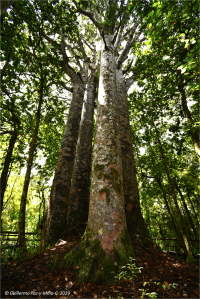
Above: Kauri trees, the “Four Sisters,” Waipoua Forest

Above: Another take of Kauri trees, the “Four Sisters,” Waipoua Forest
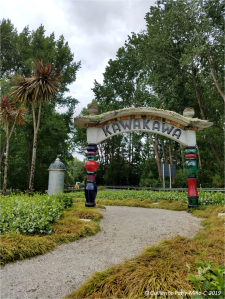
Above: Kawakawa, North Island

Above: Kiwi, Auckland Museum

Above: Kiwi Cross, Mount Raupehu, Tongariro

Above: we visited the town of Otorohanga (2:30 hours South of Auckland), searching for Kiwis; this is what we found

Above: Lake Taupo, Tongariro National Park
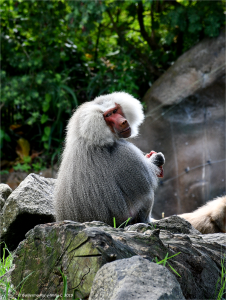
Above: Male Hamadryas, Auckland Zoo

Above: At the Mansfield Garden, Hamilton Gardens – antique and antique colors

Above: Maori Warriors’ Canoes; the one on the left is for 100 people – Waitangi Treaty Grounds & Museum

Above: Maori carving, Rotorua Gyser Museum

Above: Maori statue, Auckland Museum

Above: Maori statue, Auckland Museum

Above: this Masked Lapwing was simply hanging around at the Otorohanga Kiwi House, looking for free meals
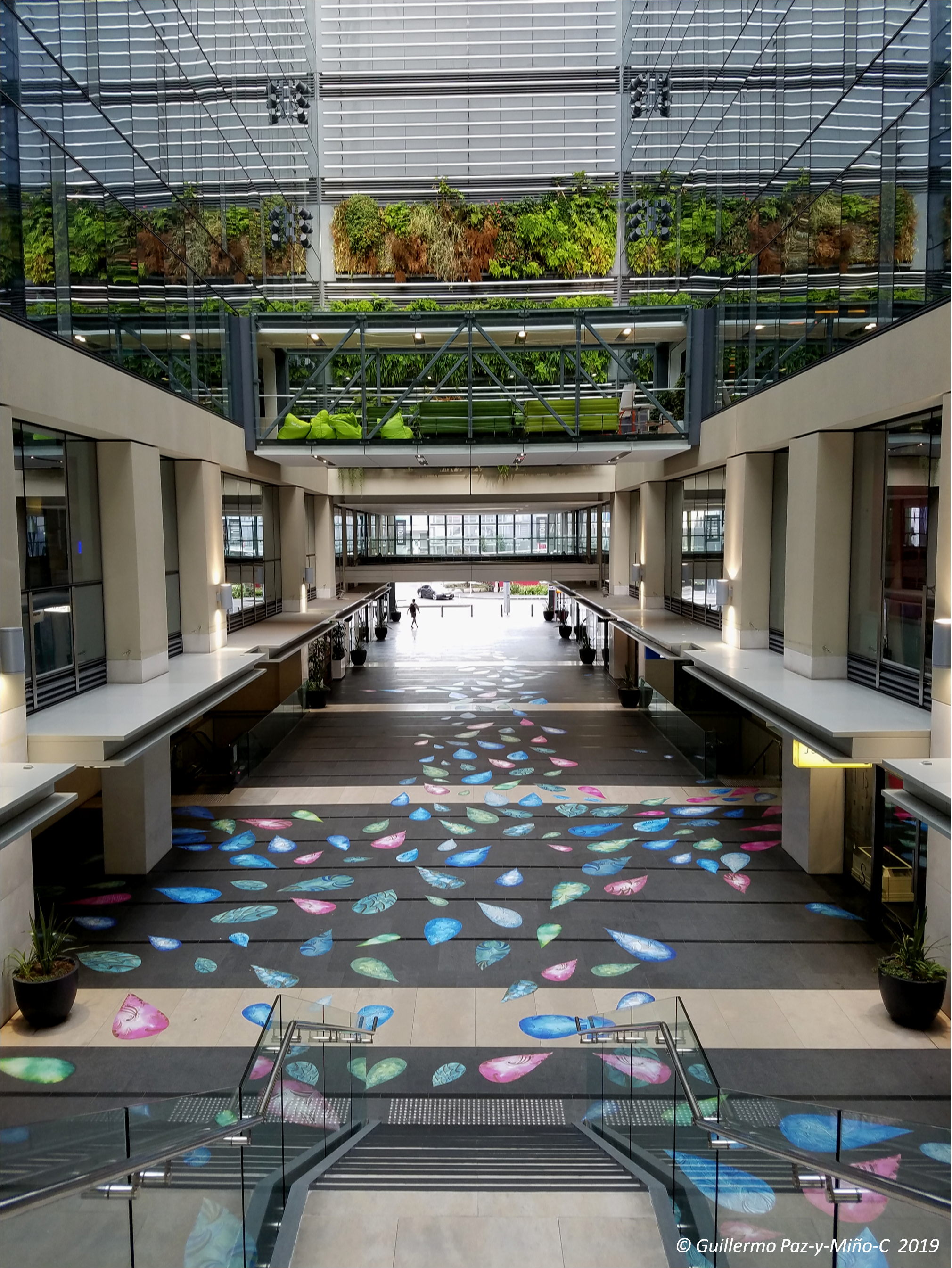
Above: Modern Auckland; one of its metro stations (Britomart). Lots of colors

Above: we spotted this “New Zealand Christmas Tree” (quite common btw). It belongs to the genus Metrosideros. – Can you spot the bees? How many?

Above: a giant mirror, “Light Weight O” by Catherine Griffiths (2018), reflecting O’Connell Street in Auckland

Above: Moss, Waipoua Kauri Forest

Above: a center-view of the Mount Eden crater, Auckland

Above: a side-view of the Mount Eden crater, Auckland

Above: Mount Ngauruhoe Tongariro National Park
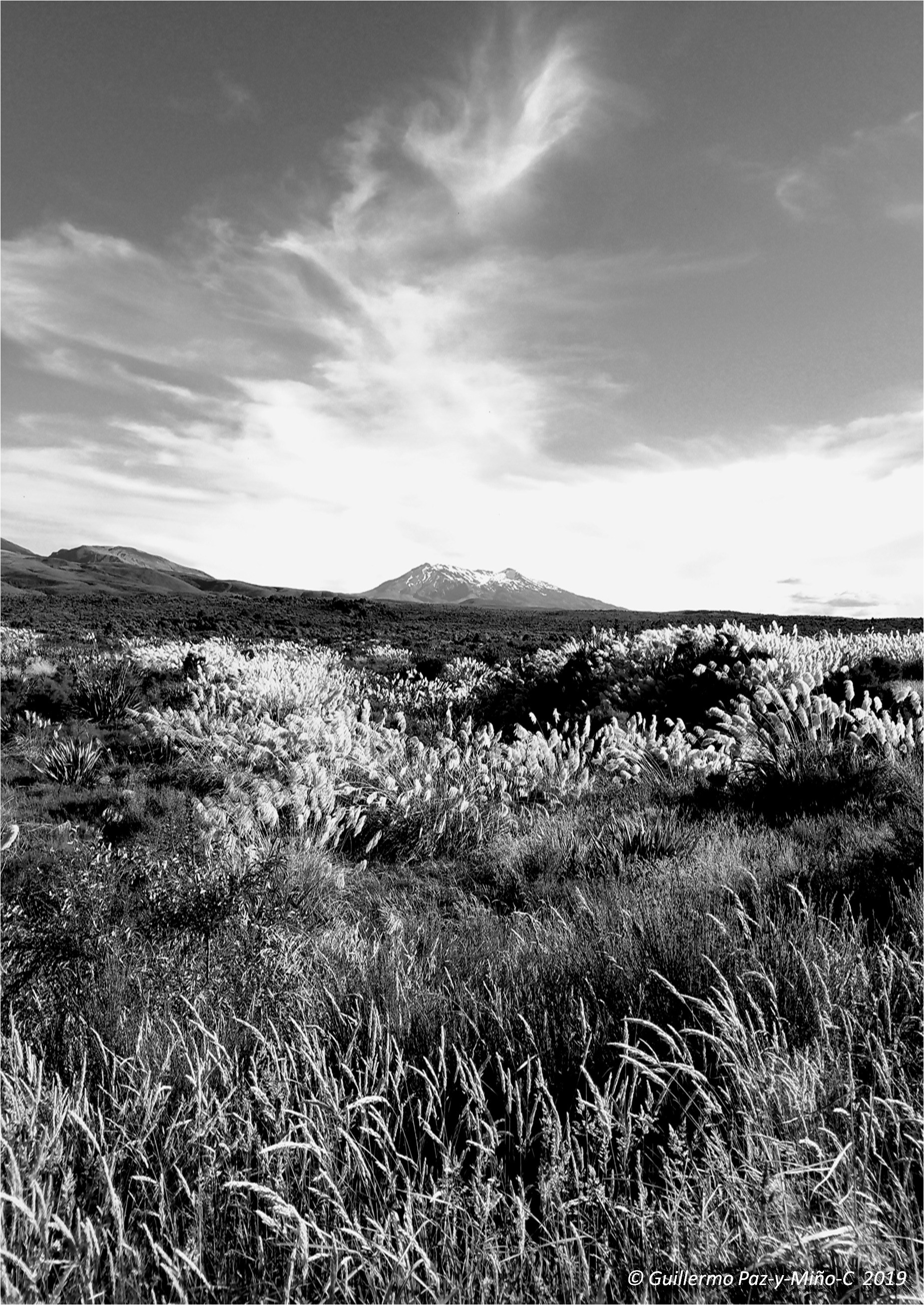
Above: Mount Raupehu, Tongariro National Park

Above: mud pool at the moment of boiling; spot the drop – Te Puia

Above: Nga Pou or Rangitihi, Auckland Museum – the Maori Court Central is impressive; the collection of artifacts, spectacular

Above: Nyala eating with style, Auckland Zoo

Above: After trying to photograph the Tuatara (image at the beginning of post) under challenging conditions, we felt the presence of the New Zealand Pigeon from above. It was a wet-yet-semi solid sensation; honorable, since it came from an endemic bird, unique to the Continent of Zelandia. The Pigeon is the size of a hen, imagine the rest

Above: this flat image looks like a painting, but it is not. It corresponds to the endemic and endangered New Zealand Pigeon (quite big, up to 20 in / 50 cm). We found it at the Otorohanga Kiwi House

Above: a cute boat at Opua North Island

Above: another panoramic of the Auckland Museum [its actual name is Auckland War Memorial Museum, but the exhibits are not restricted to war or related memories; in fact, the most impressive aspect of the museum is its collection of Maori and Pacific artifacts, spectacular]

Above: We found these pheasants (M/F) foraging nearby the town of Taupō, North Island, New Zealand [introduced species, of course] – suboptimal to get a shot; they were moving; coming in and out of the bushes; close, but not together to get a single photo; alert, but mostly ignoring us; the male did his usual singing and wing flapping… nature continued
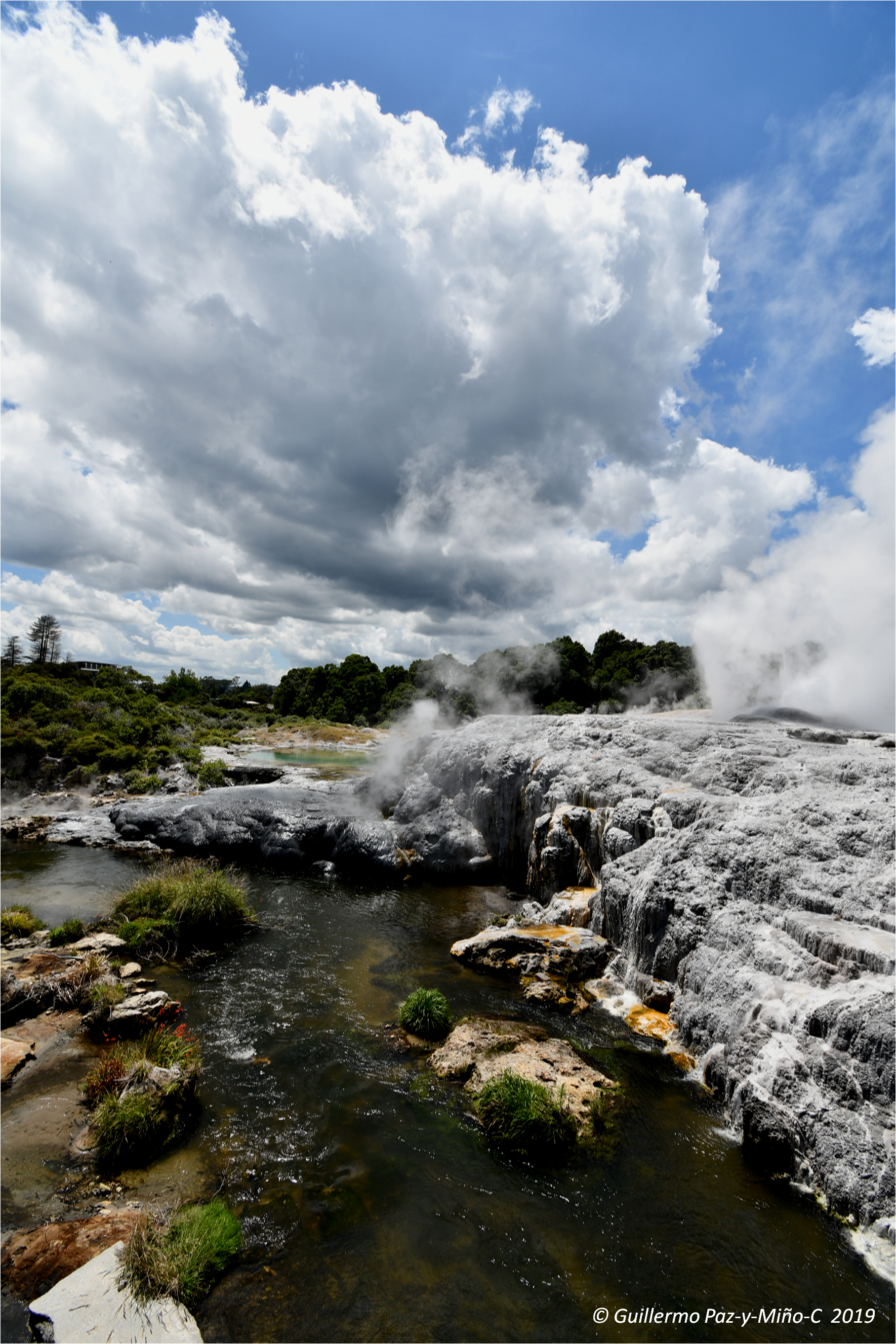
Above: The Pōhutu geyser in Te Puia, New Zealand – It erupts about 30-m (once-twice per hour)

Above: another view of Pohutu geyser, Te Puia
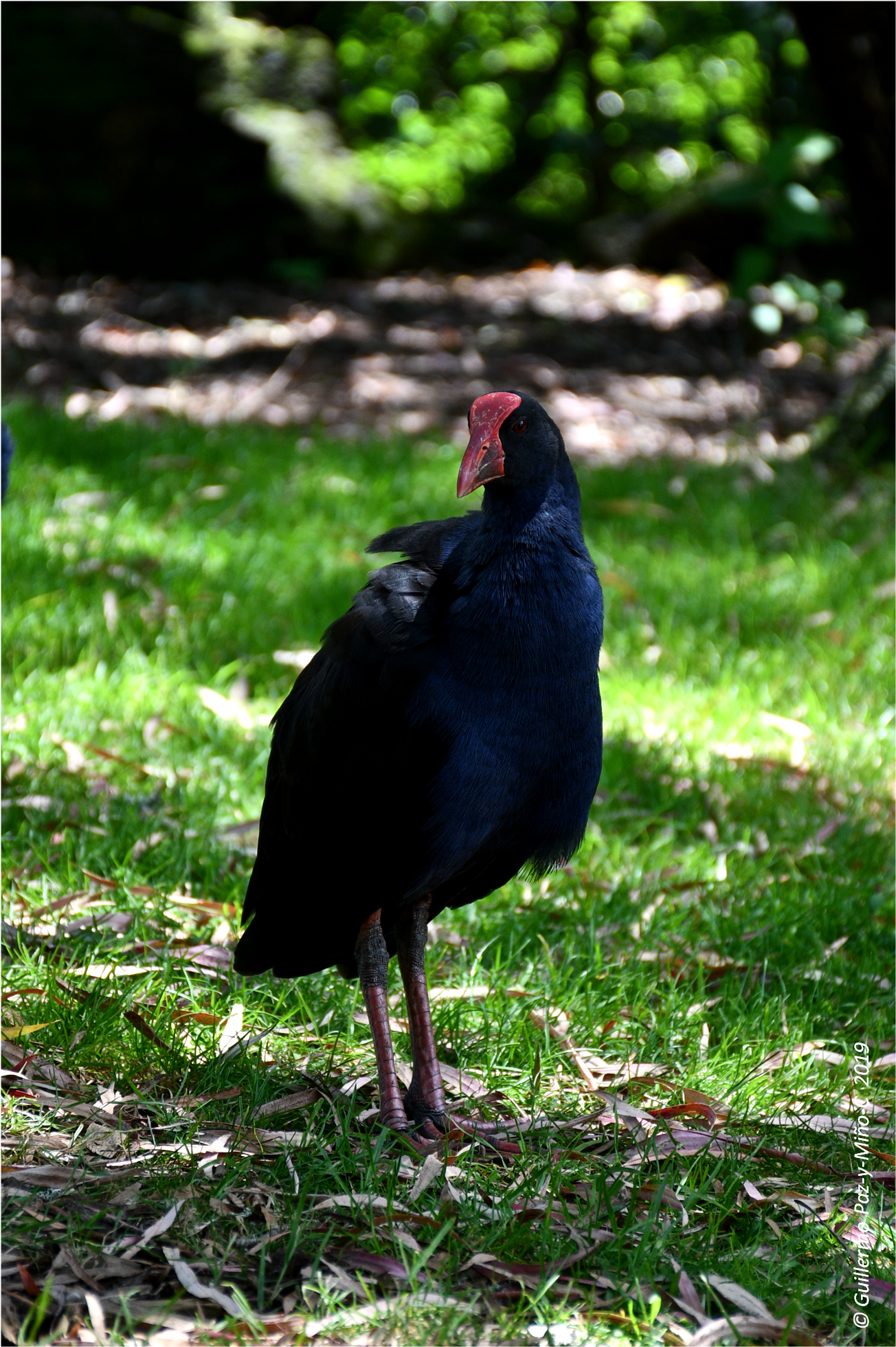
Above: Pukeko series, Western Springs Lakeside Park, Auckland
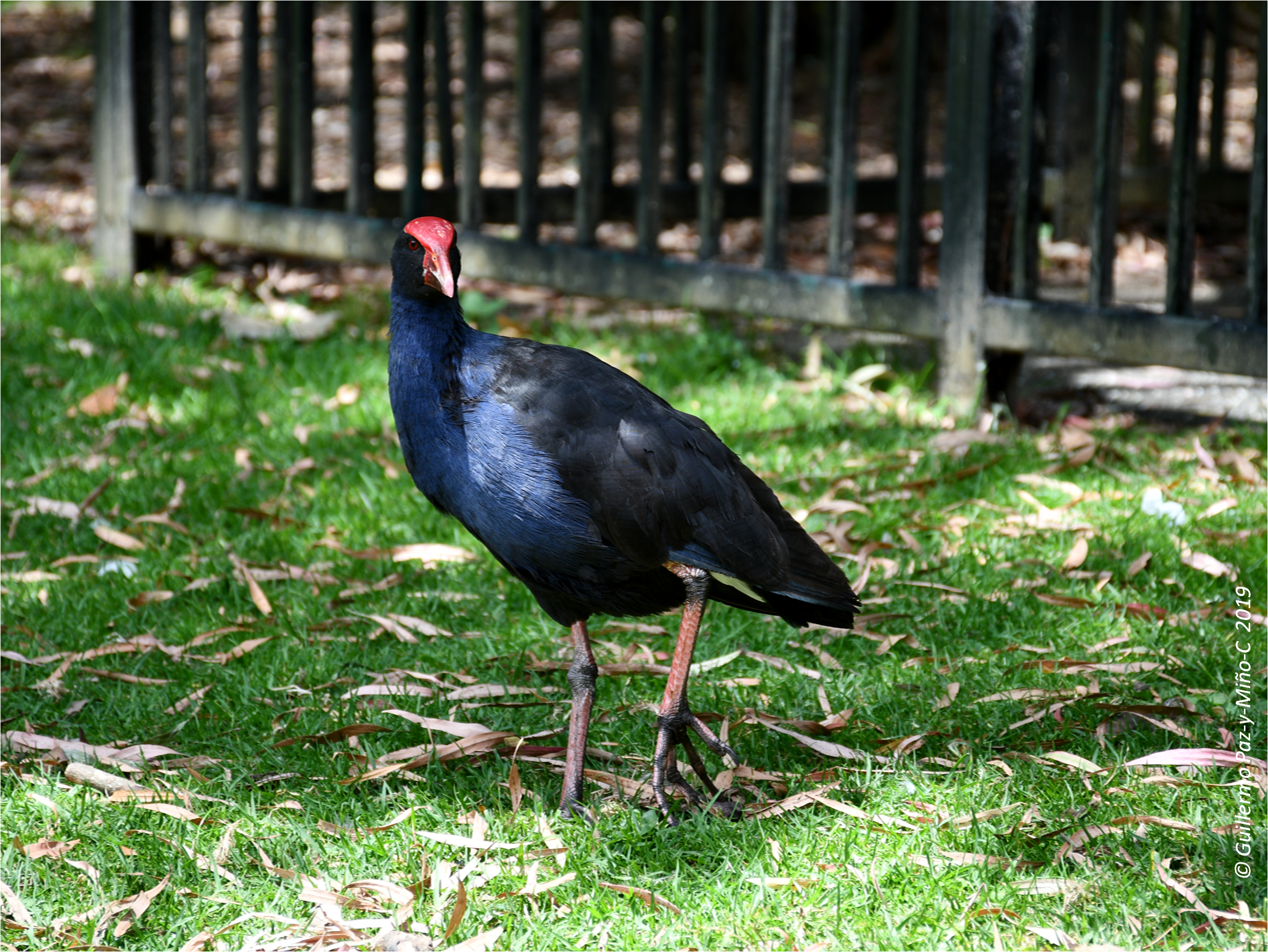
Above: Pukeko posing – Pukeko series, Western Springs Lakeside Park, Auckland

Above: …and another Pukeko – Pukeko series, Western Springs Lakeside Park, Auckland
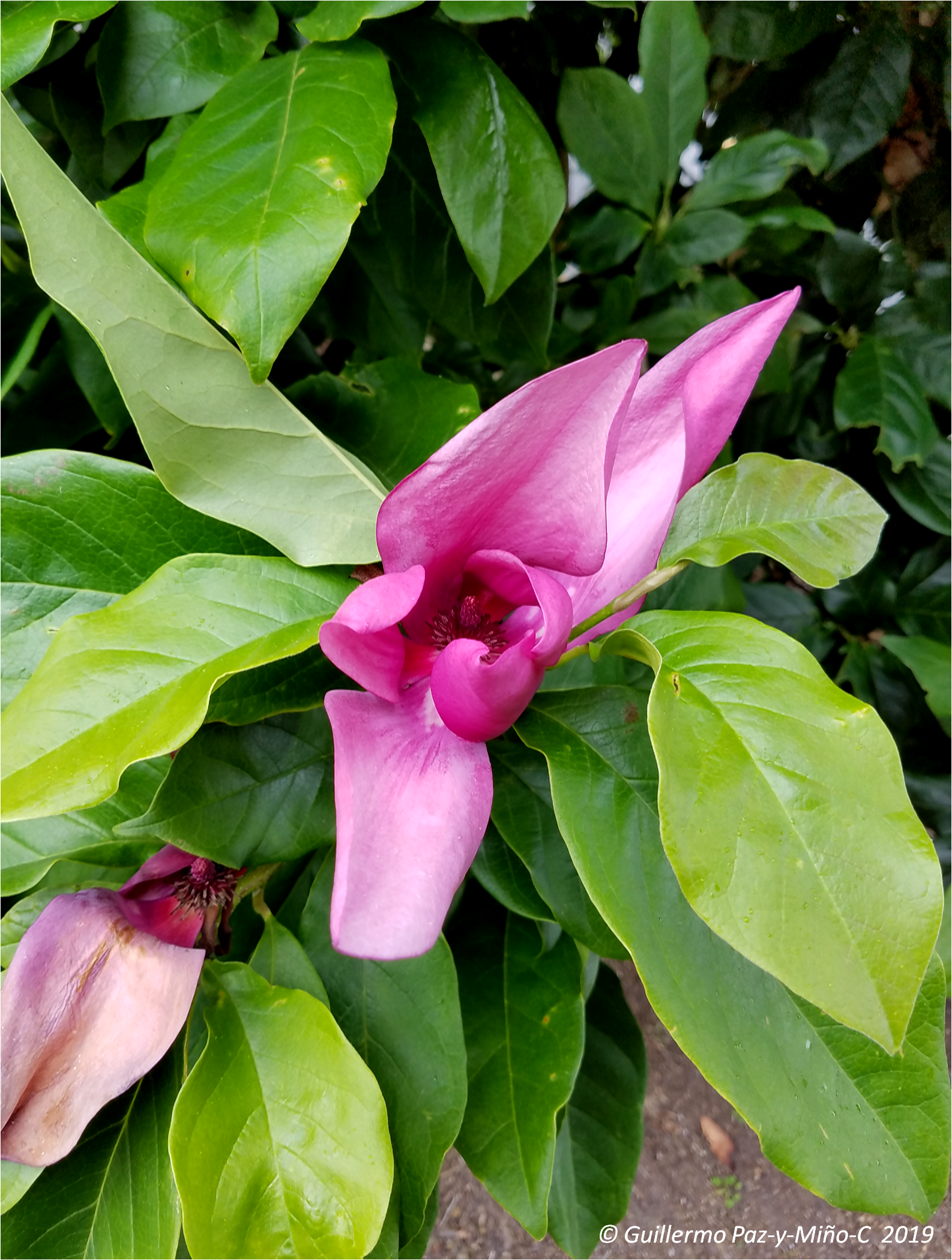
Above: Purple Flower Tree, Waikato
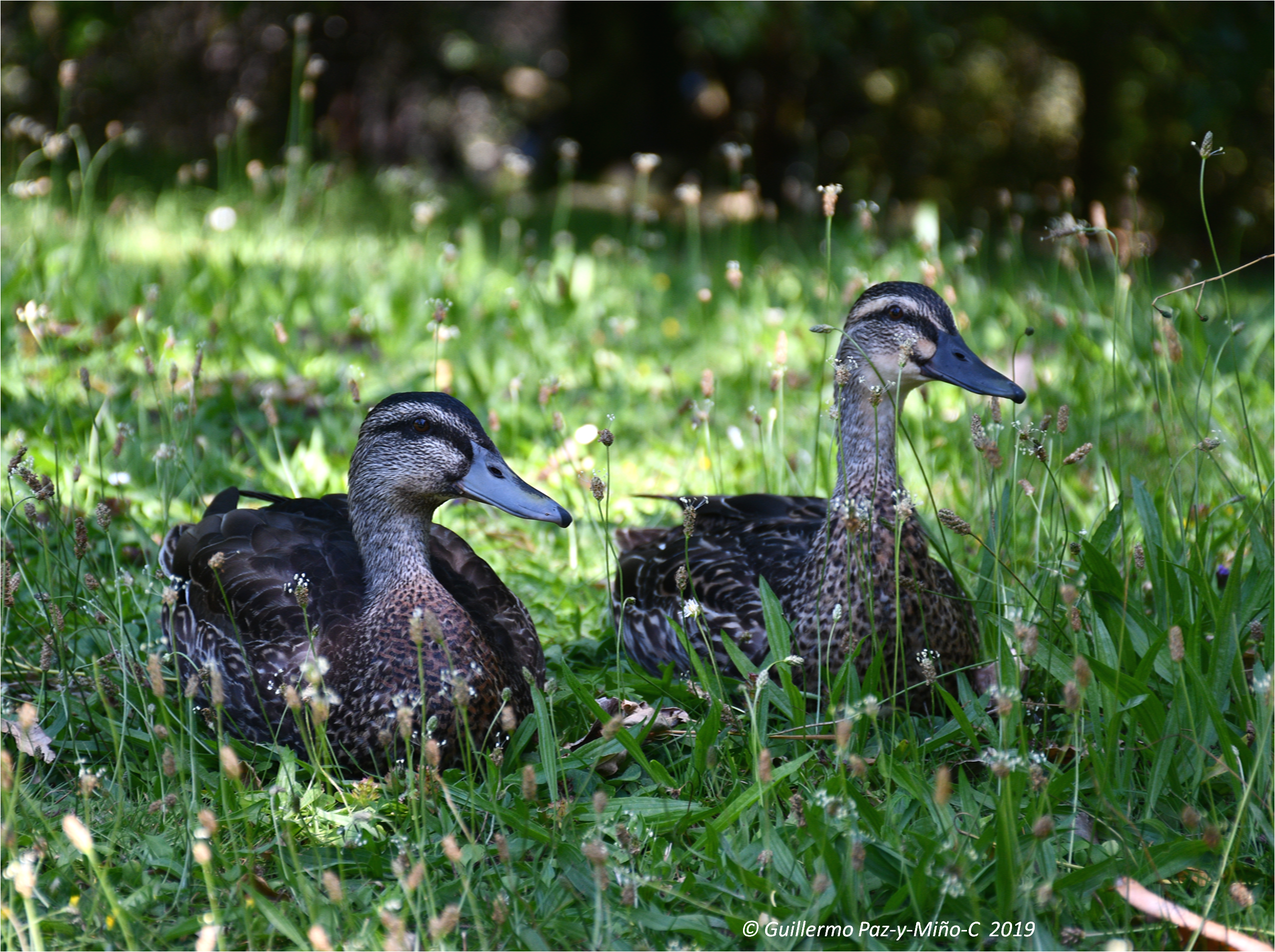
Above: Quiet, pretending to not be seen – Western Springs Lakeside Park, Auckland

Above: Rhino and Nyala at the Auckland Zoo

Above: Richard Owen and Moa skeleton at the Auckland Museum

Above: Sauropod and Theropod dinosaurs at the Auckland Museum
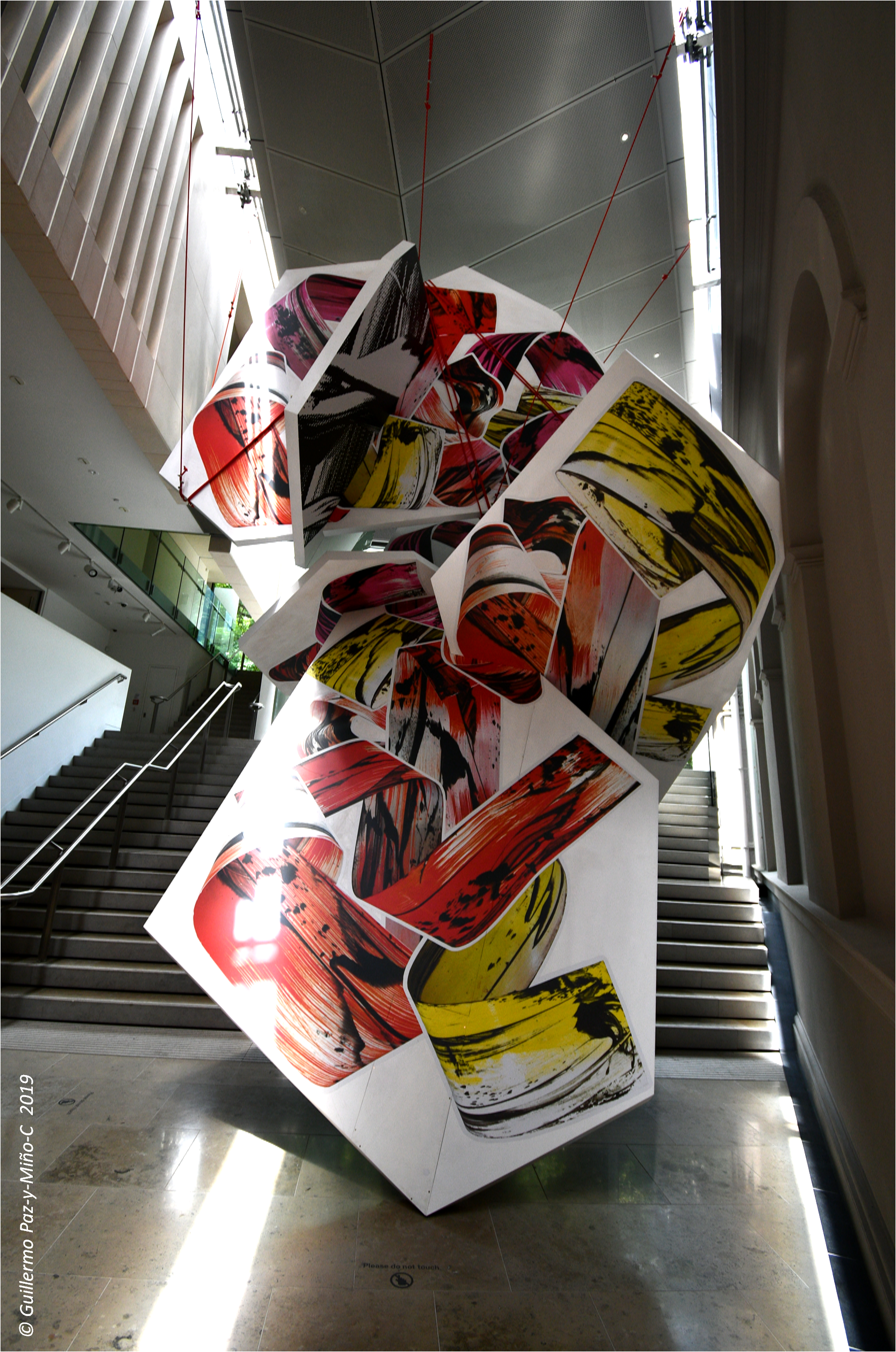
Above: “Rock Drop” by Judy Millard at the Auckland Art Gallery. Immense, yet beautiful. – The AAG is a world class building with a large collection of paintings and sculptures, particularly modern art, Kiwi style

Above: The colorful Rotorua Museum

Above: Sky Tower, downtown Auckland

Above: downtown / harbor Auckland

Above: more of the downtown, Auckland, 10 PM

Above: Southern Black-backed Gull, Auckland harbor

Above: Summit of Mount Victoria, Auckland

Above: it took us five days to find the right restaurant, Tanpopo Ramen, downtown Auckland – complex flavors in simple noodle soups, mixed with vegetables, some pork, seaweeds, ginger, soy sauce, and even corn. Finally, after some intense searching

Above: the iconic Clock Tower at the University of Auckland

Above: “take two” of the iconic Clock Tower at the University of Auckland

Above: “the insights” of the Clock Tower at the University of Auckland – a fantastic piece of architecture (finished in the 1920s); beautiful inside, with many corners and turns, stairs, arcs, pillars; symmetry and color

Above: close up of the top, Clock Tower at the University of Auckland

Above: even closer up of the top, Clock Tower at the University of Auckland

Above: The Cloud, downtown Auckland

Above: The Essence of a Tree – found at the Albert Park in downtown Auckland

Above: The Huia, male (left) and female (right). Now extinct, the bird was common in the North Island of New Zealand. There are some unconfirmed reports of its existence. – We found this beautiful art (about 3×5 meters; 9×15 ft) in the streets of Auckland
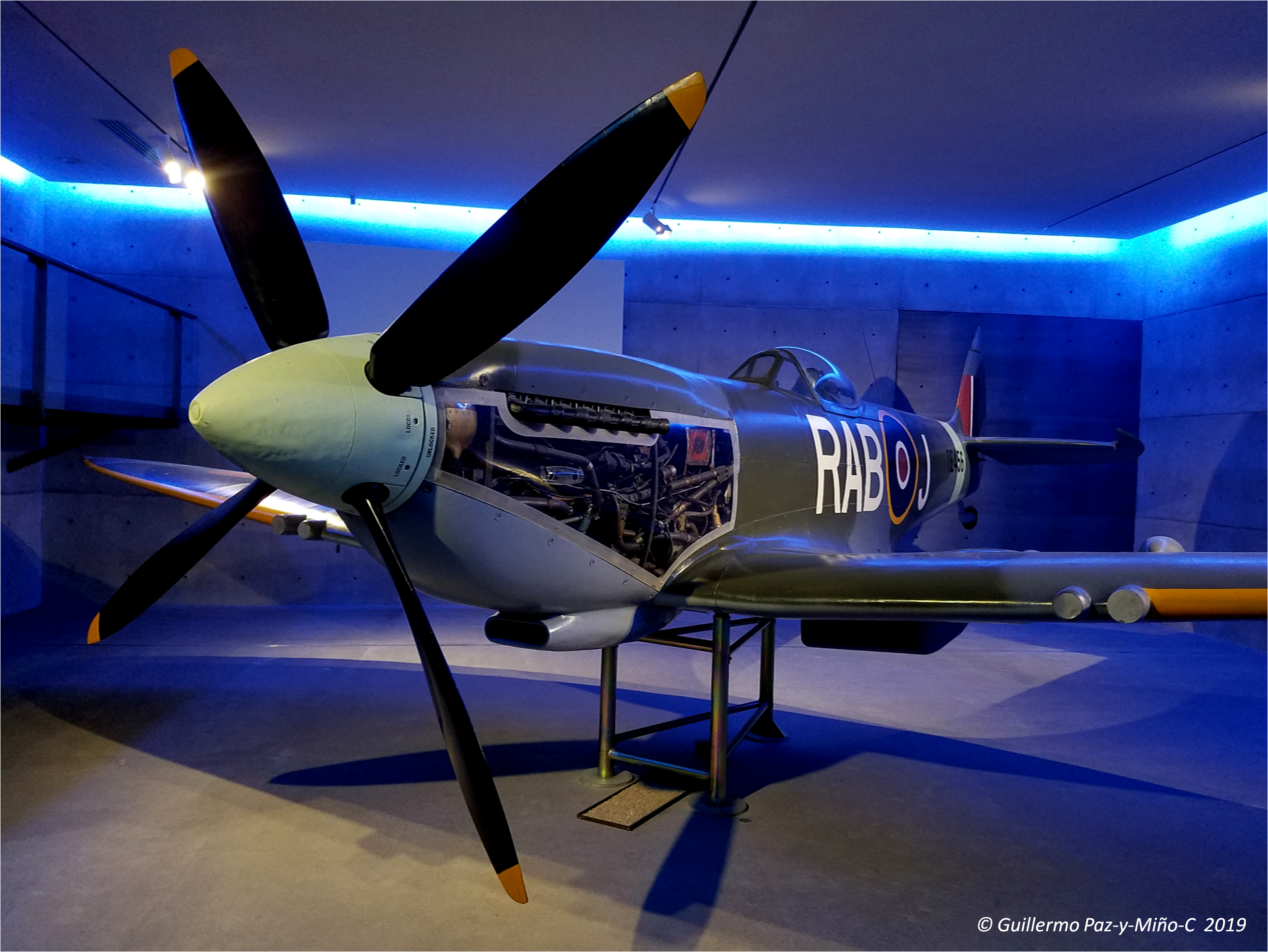
Above: The Spitfire TE456 cf 1948, Auckland Museum
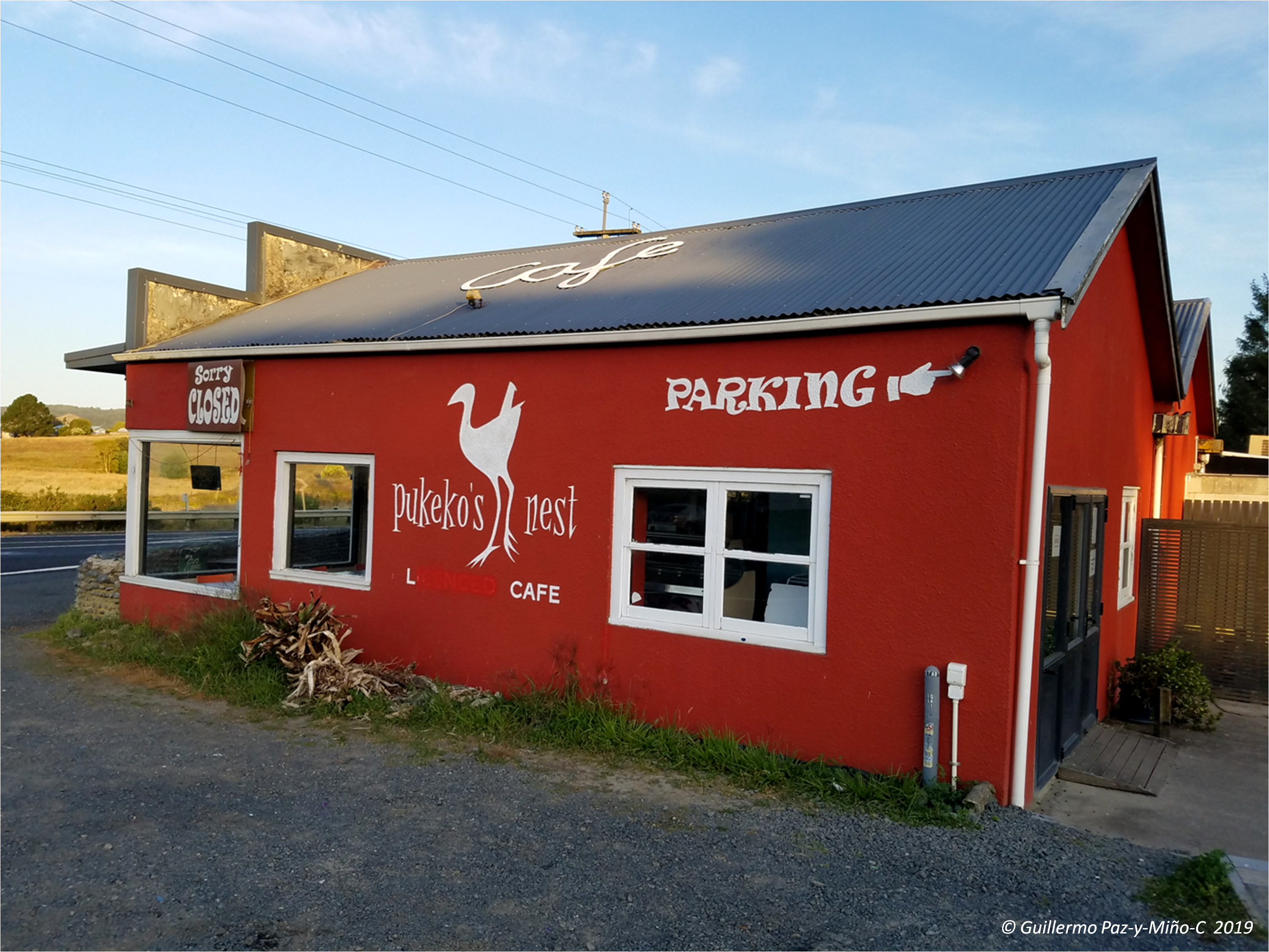
Above: biologists will appreciate… Nearby the town of Maramarua

Above: Three muddy Giant Tortoises, Auckland Zoo

Above: Tivaevae manu, tataura, quilt – Cook Islands, Auckland Museum

Above: Jesus – At the town of Tirau, New Zealand – “The Corrugated -Iron Capital of the World”

Above: at the Town of Tirau, Pig

Above: Trail to the Kauri-Tree forest in Waipoua

Above: a detail in B&W at Mount Victoria, Auckland

Above: a “black bird”, Turdus merula, Mount Eden, Auckland

Above: at Waikawau, when we just reached 4000 km of driving in the North Island of New Zealand

Above: Waikino Bridge & Village
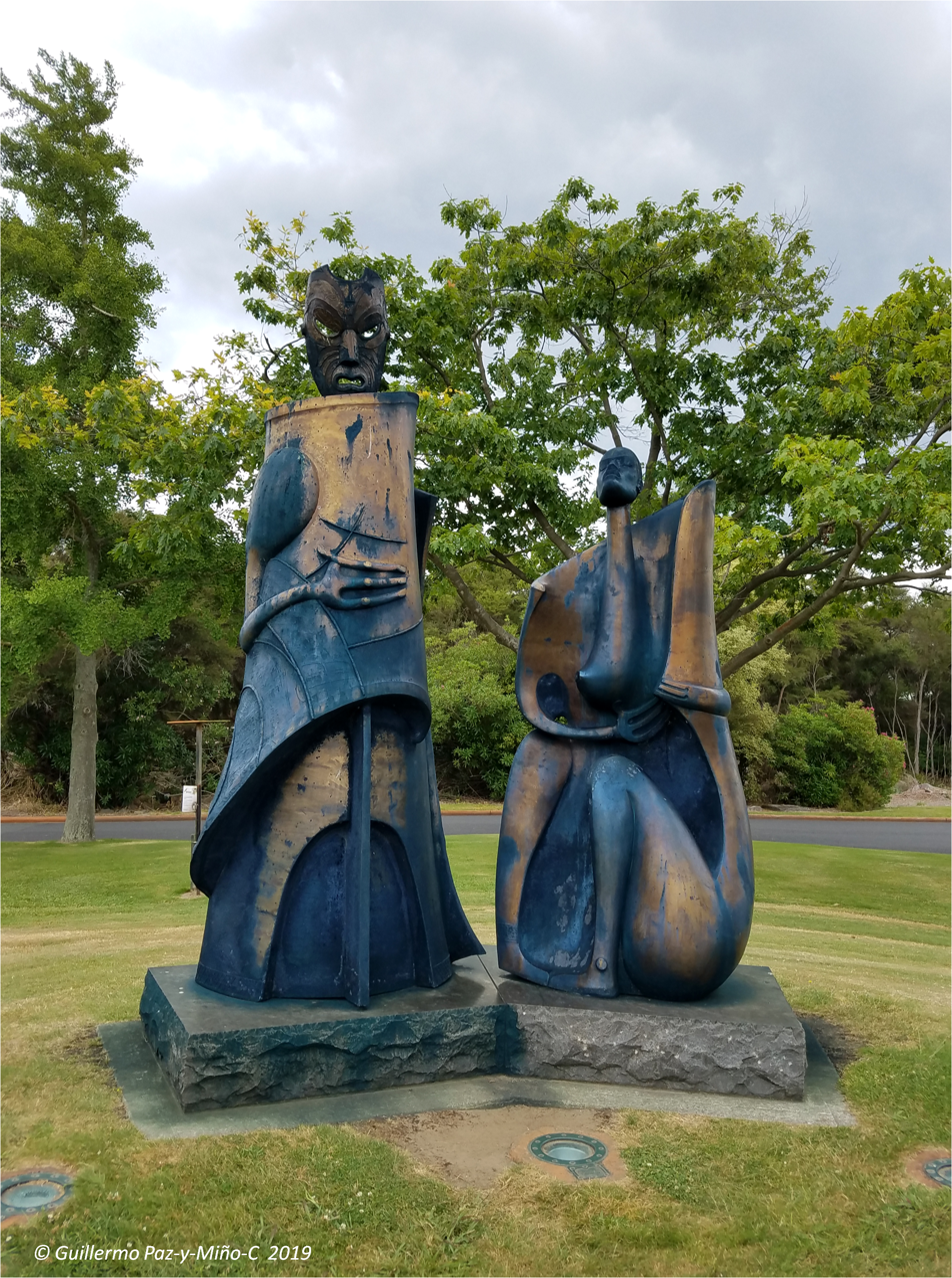
Above: the beautiful Wāitukei sculpture in Rotorua

Above: WWI Monument, Thames
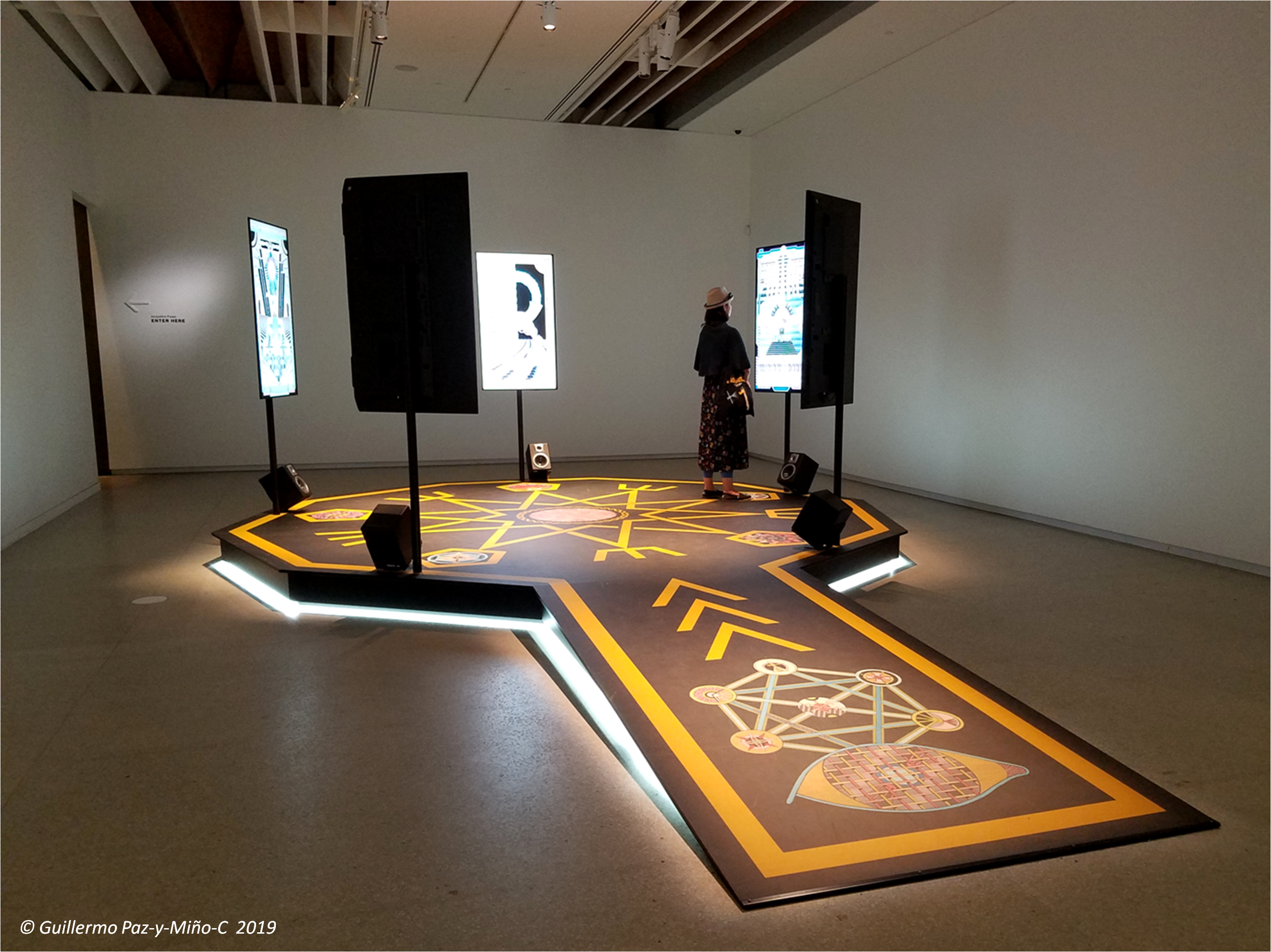
Above: “Whol Why Wurld” (2017) by Jess Johnson & Simon Ward, Auckland Art Gallery – Quite modern, attractive, plus the computer animations were so pleasant to watch. Soft music created a micro-atmosphere of calmness

Above: a shiny young Hamadryas… Auckland Zoo. Primates always remind us that wild animals belong in the wild
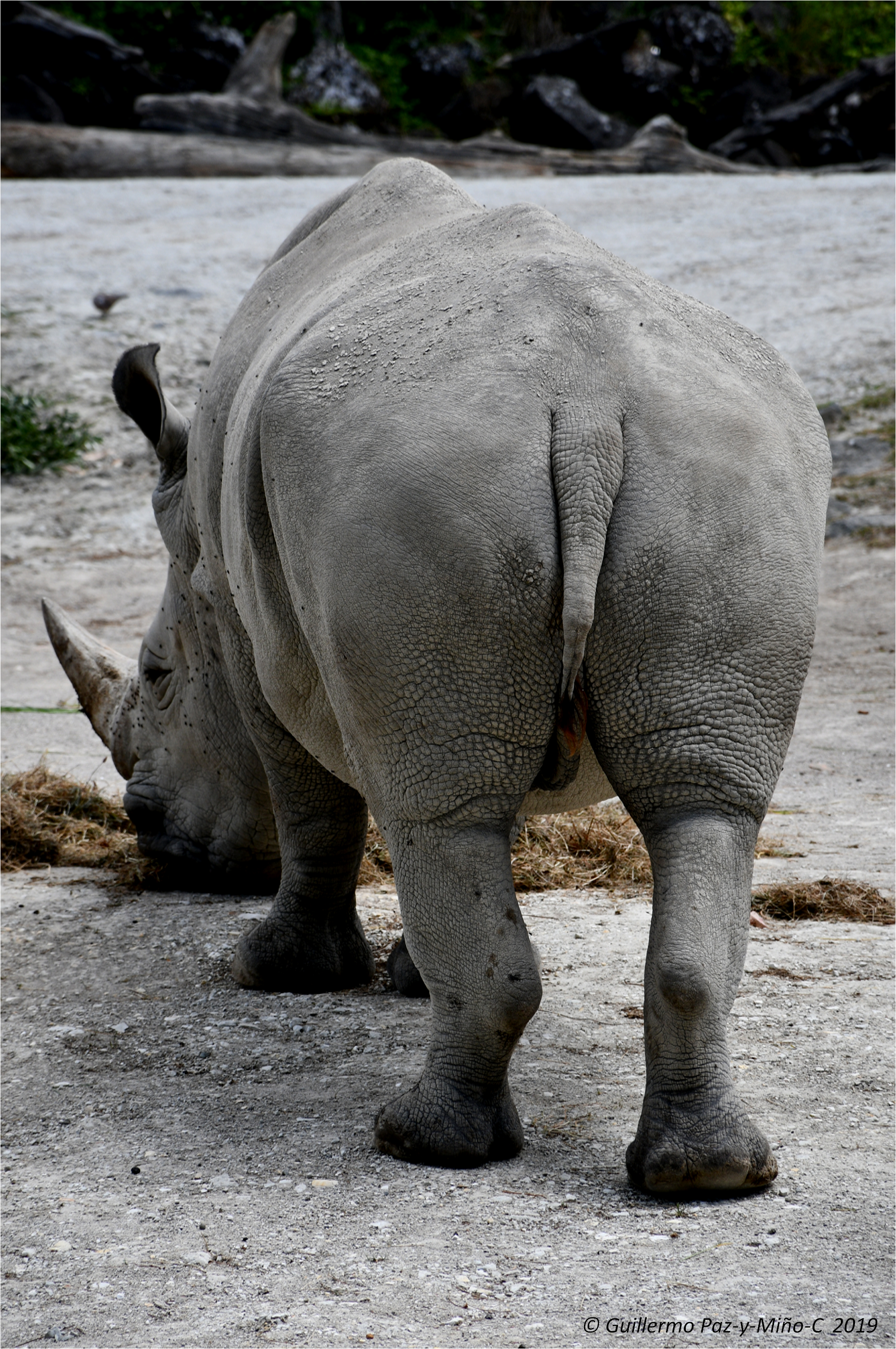
Above: White Rhino, the end

Above: last day of the journey — Our trilogy in the Continent of Zelandia; the Tasman Sea as seen from the North Island of New Zealand – one of our last images… time to fly North, back home

Above: Back in Boston… 4-F or ‒15-C… It took us 40-min to defrost the car
New Zealand deserves many visits to be fully explored; its beauty and richness of landscape seem endless. The intensity of colors like the deep blue of the sky or the fresh green of the vegetation can only be experienced in the flesh, no other way is possible. — EvoLiteracy © 2019.
Follow us on Twitter and Facebook @gpazymino and GPC-Facebook















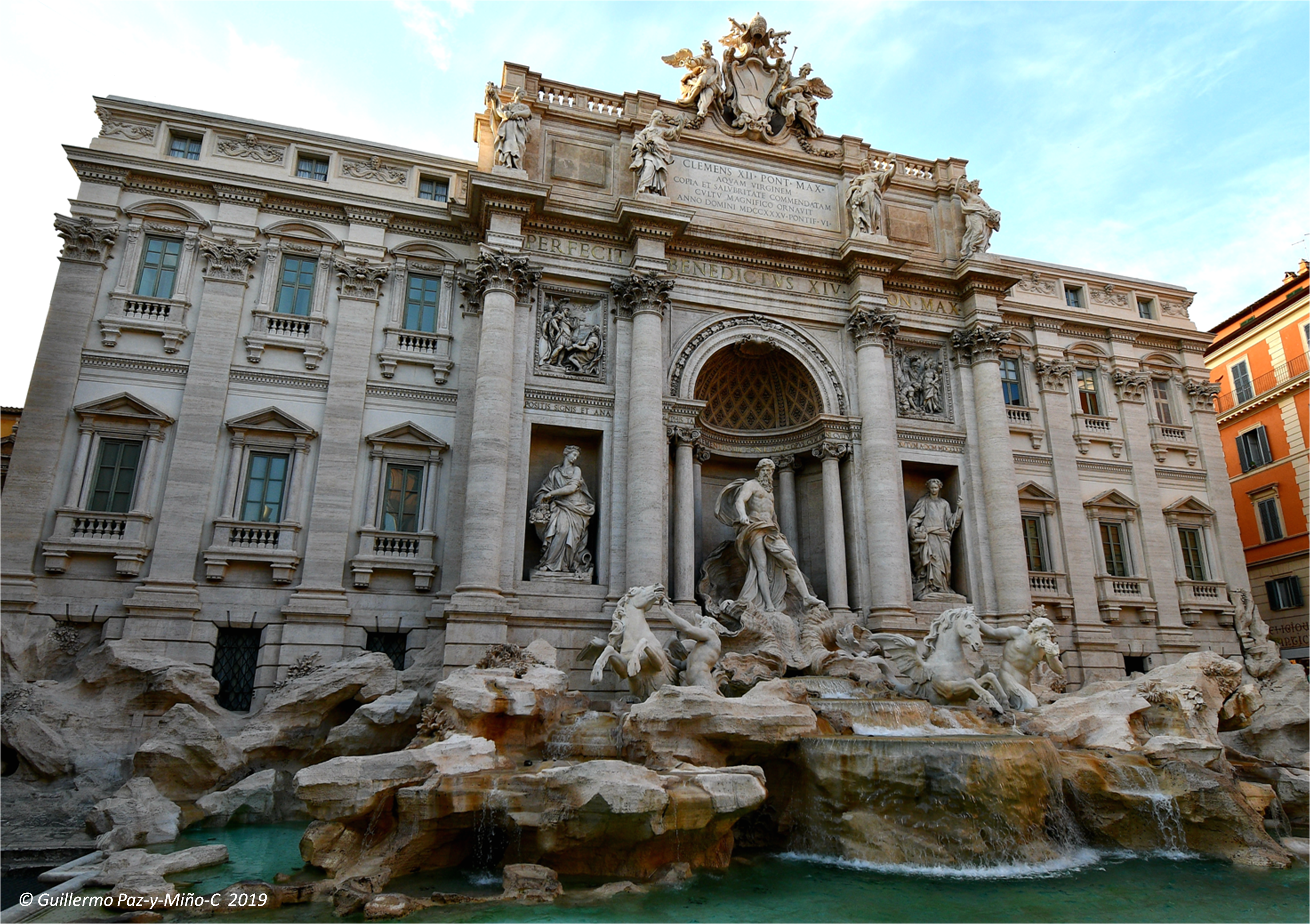




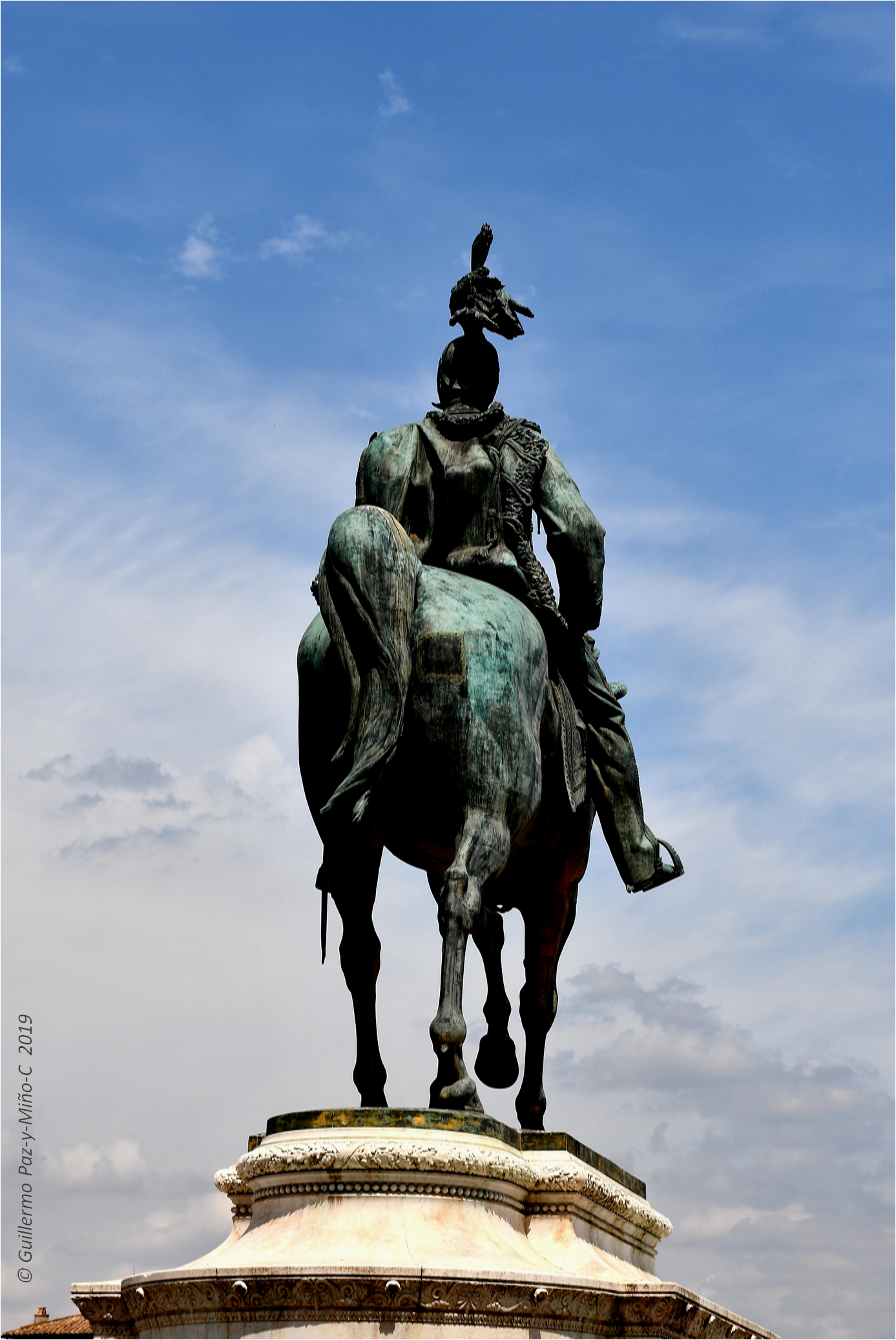







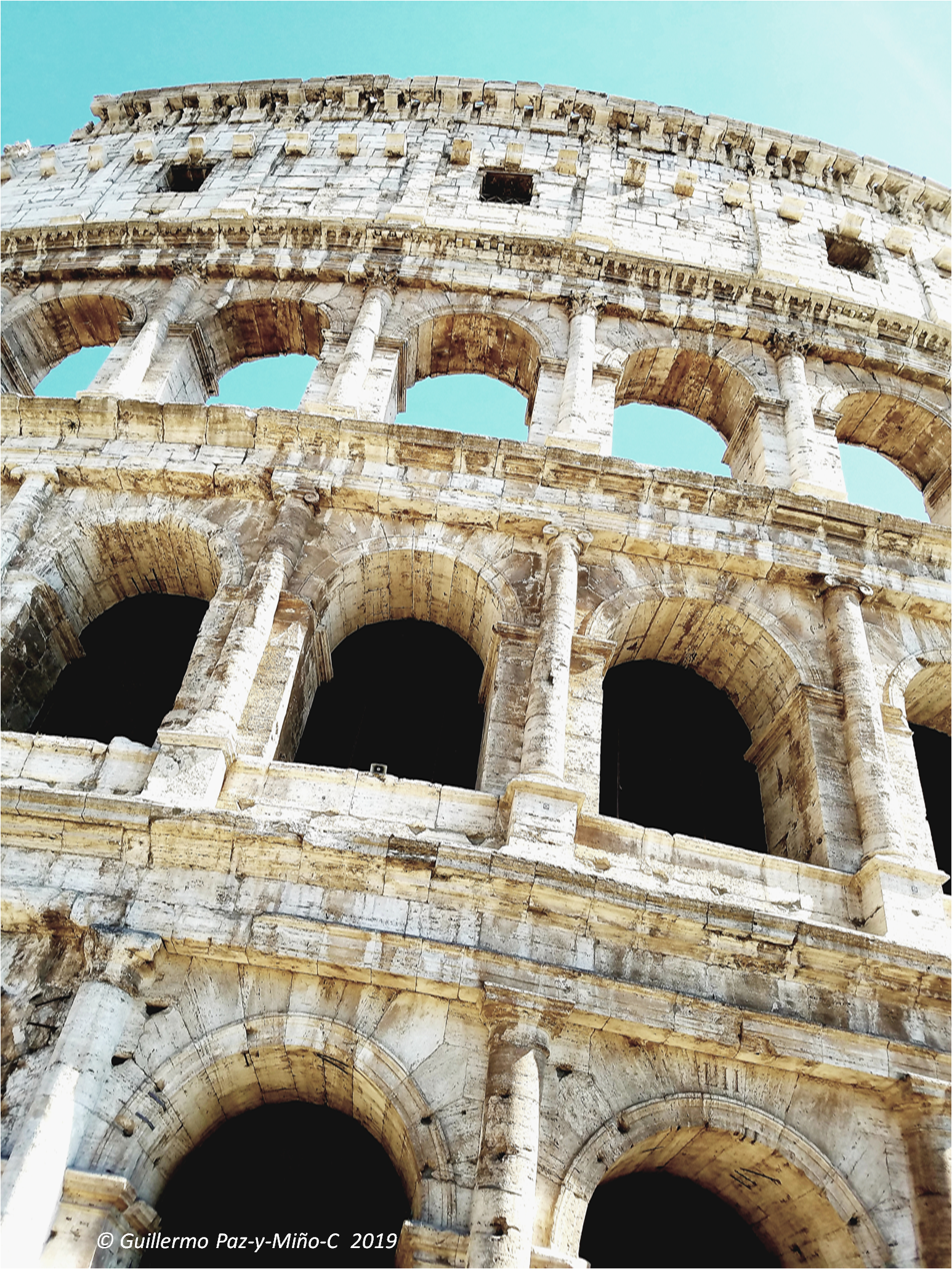



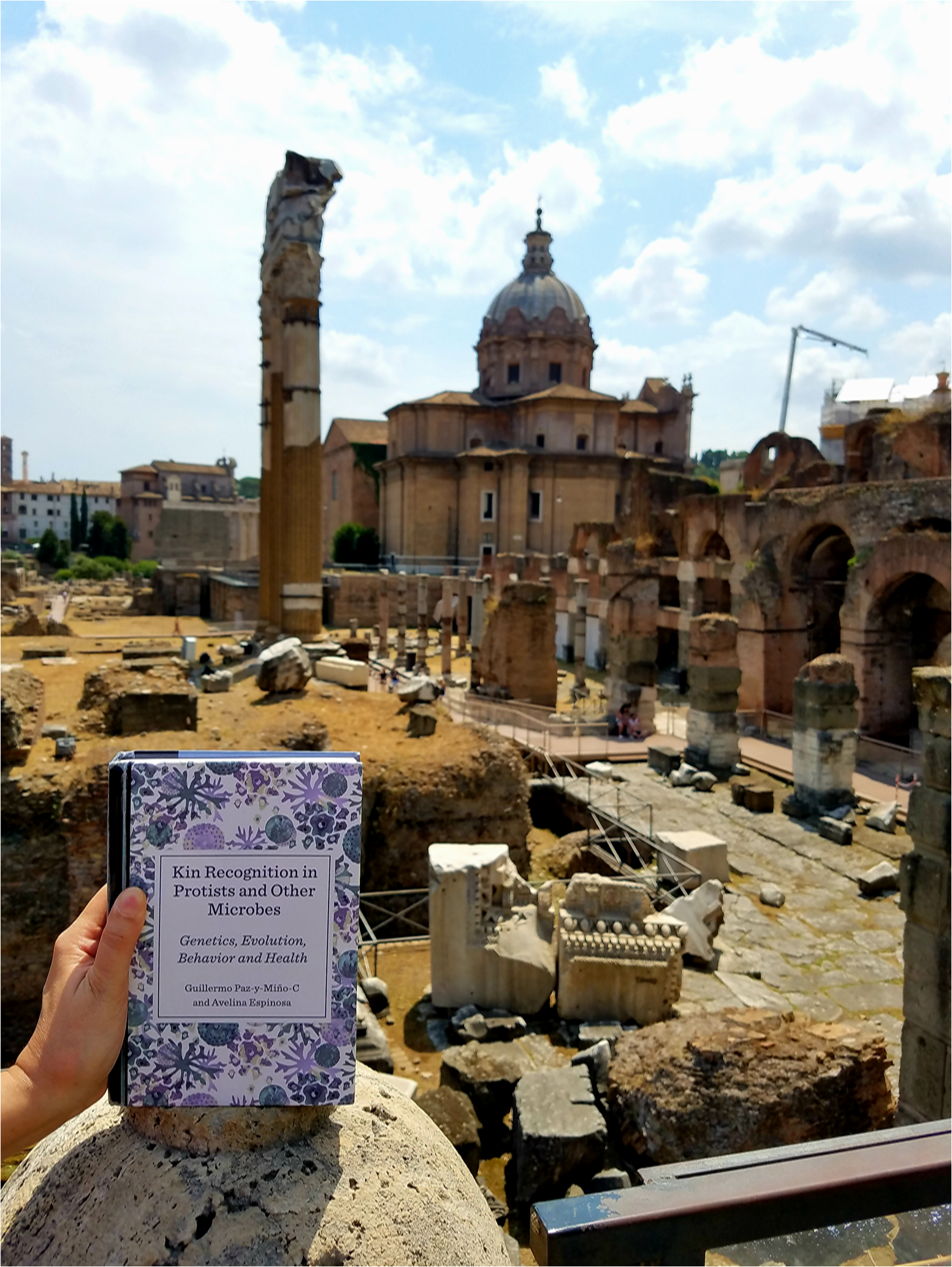
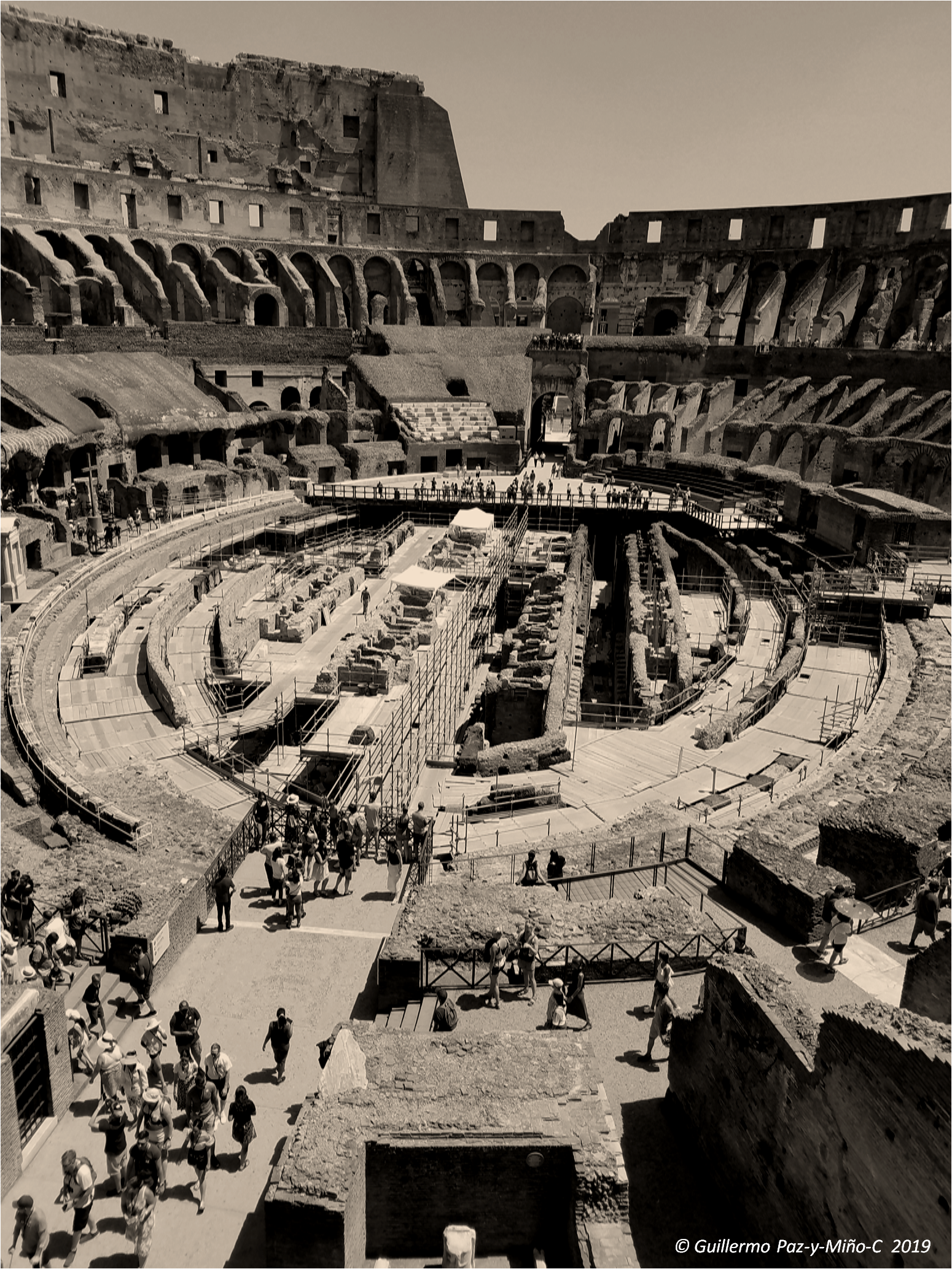


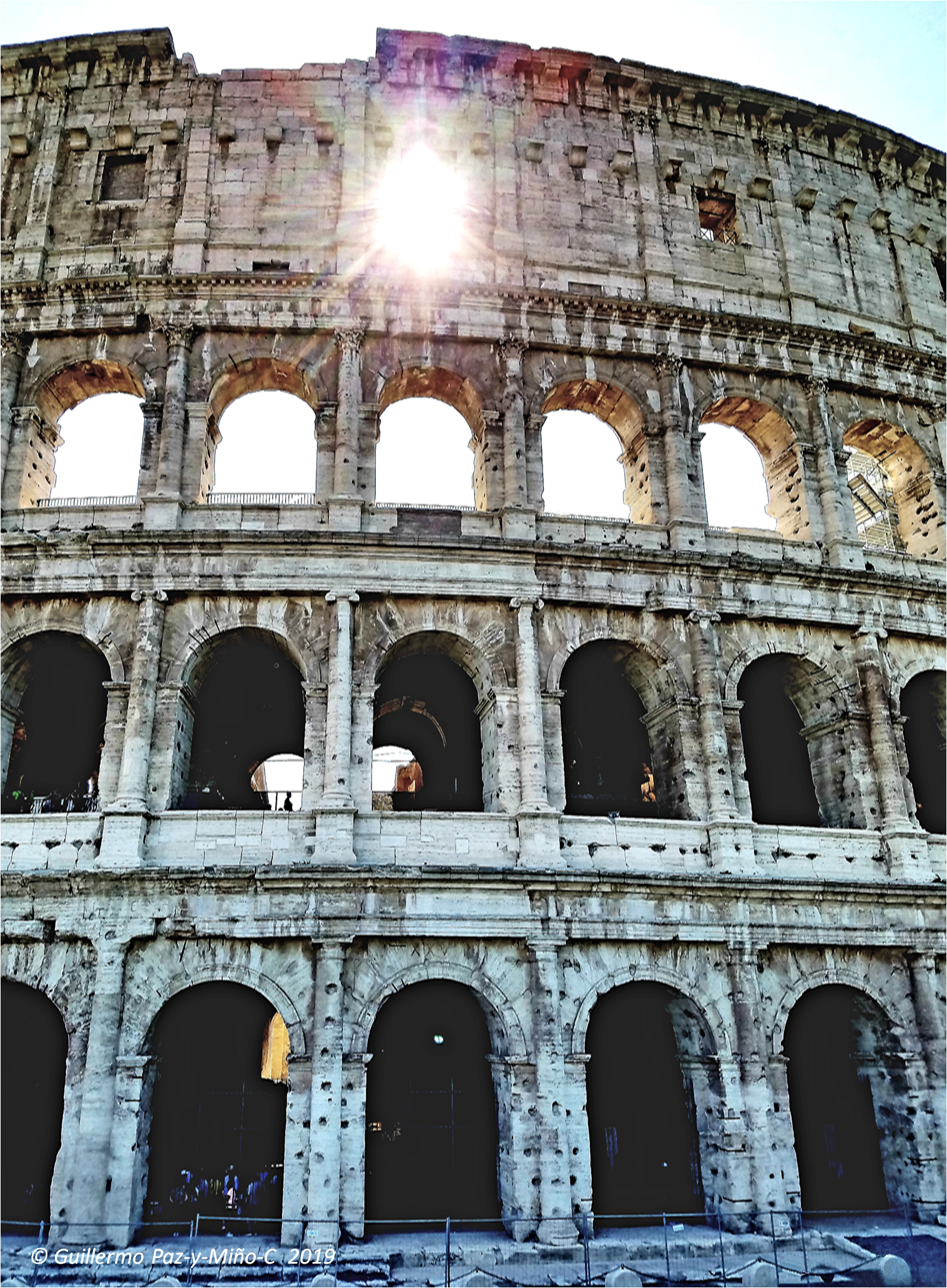




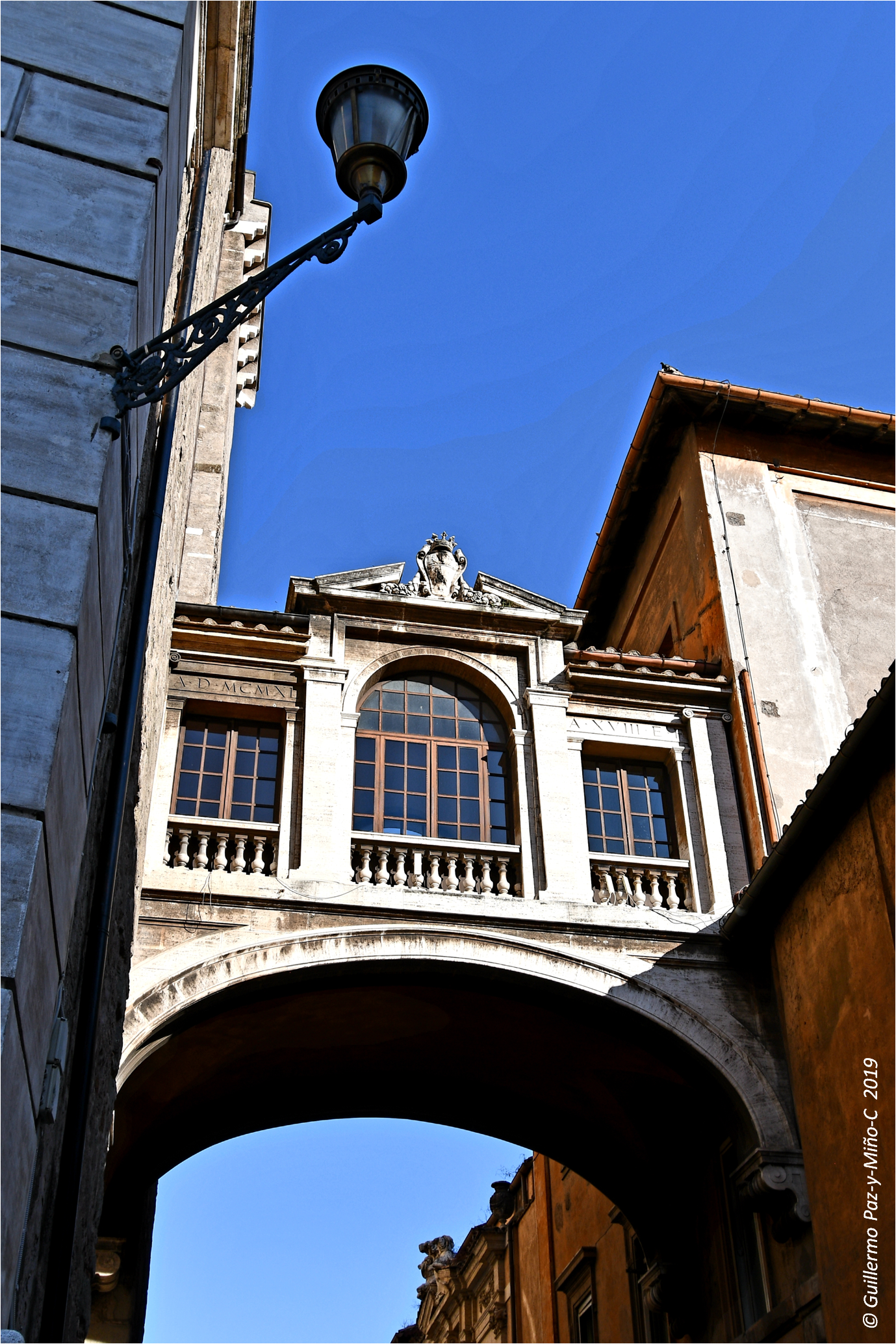

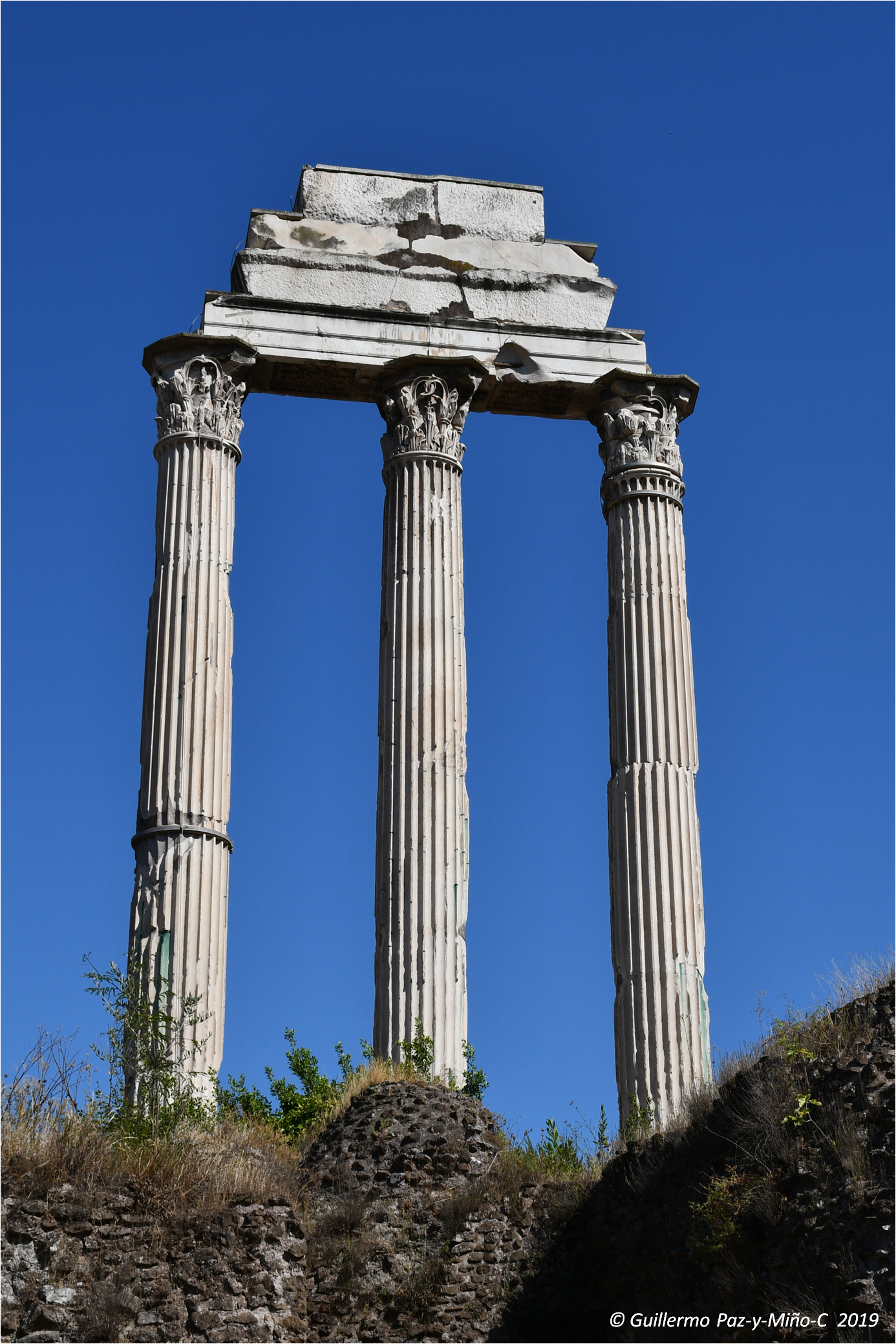







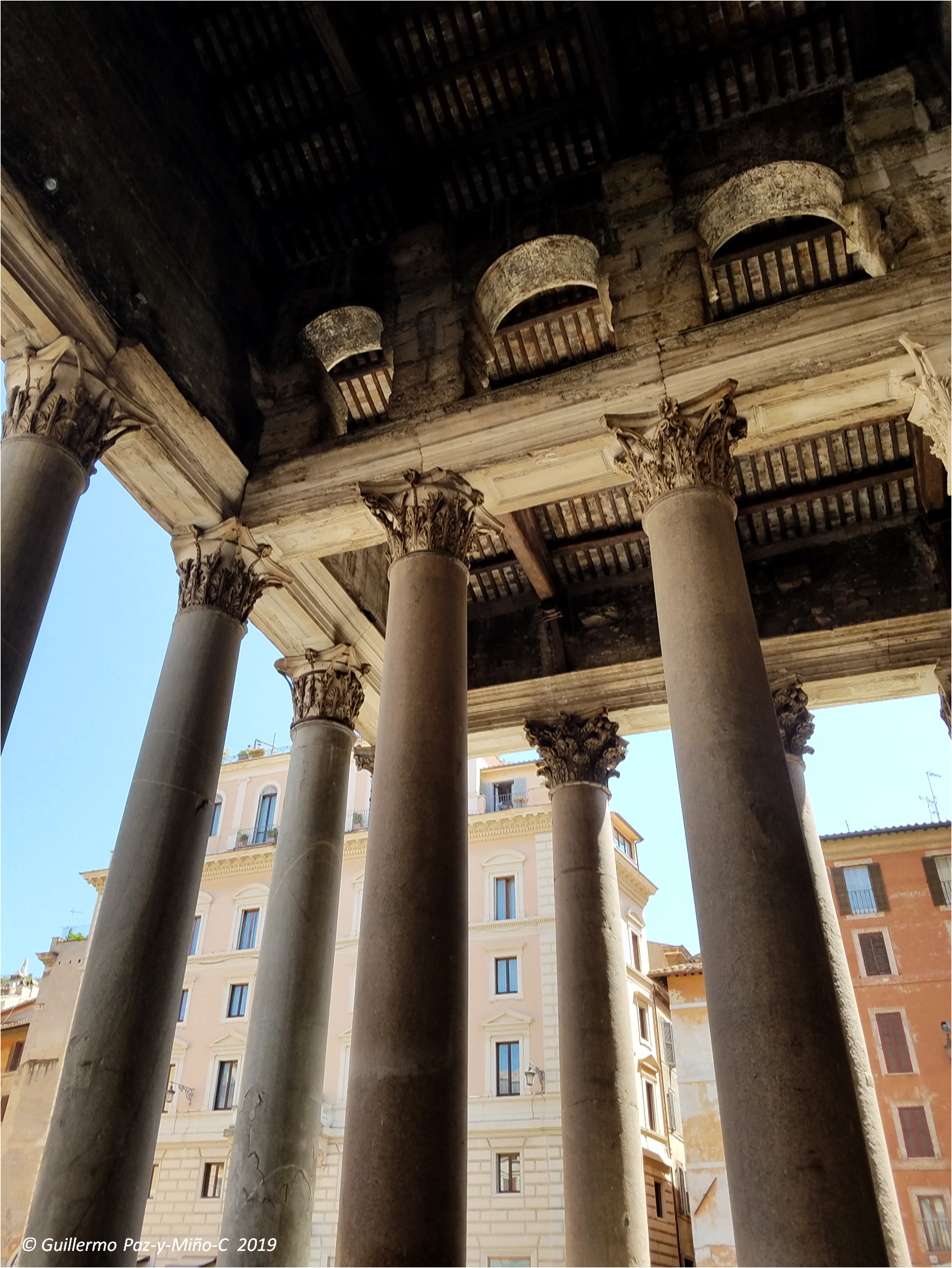
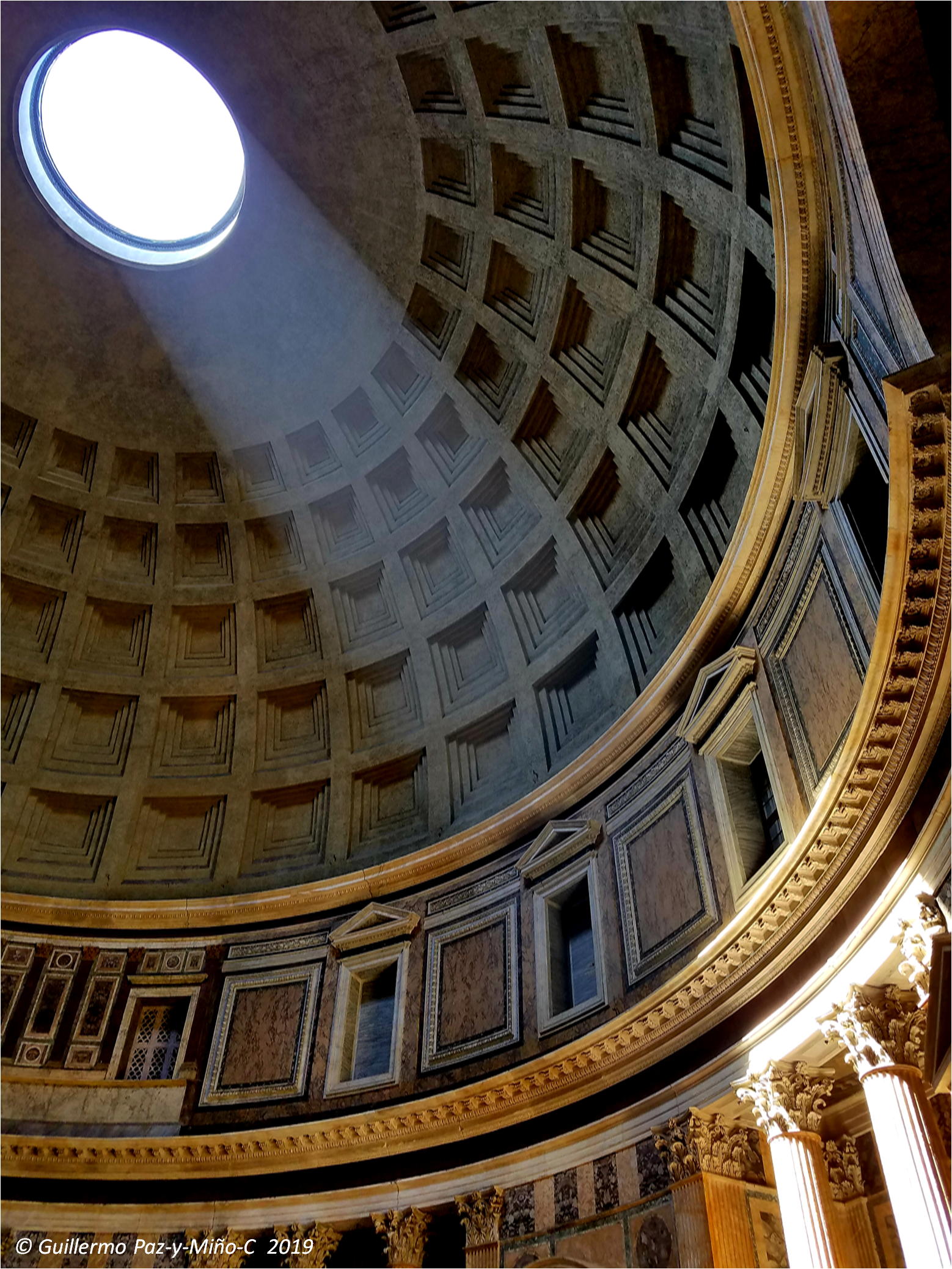


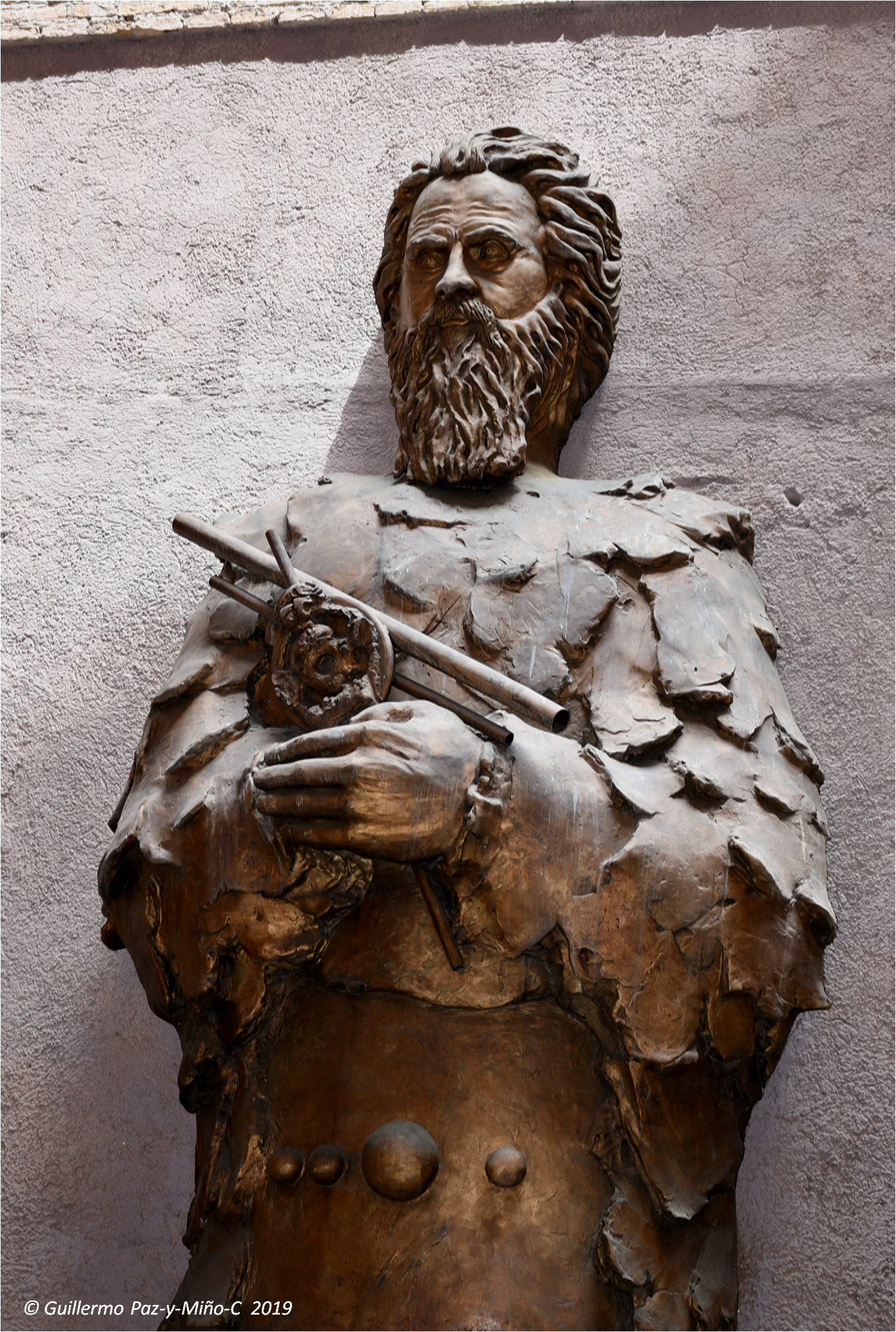












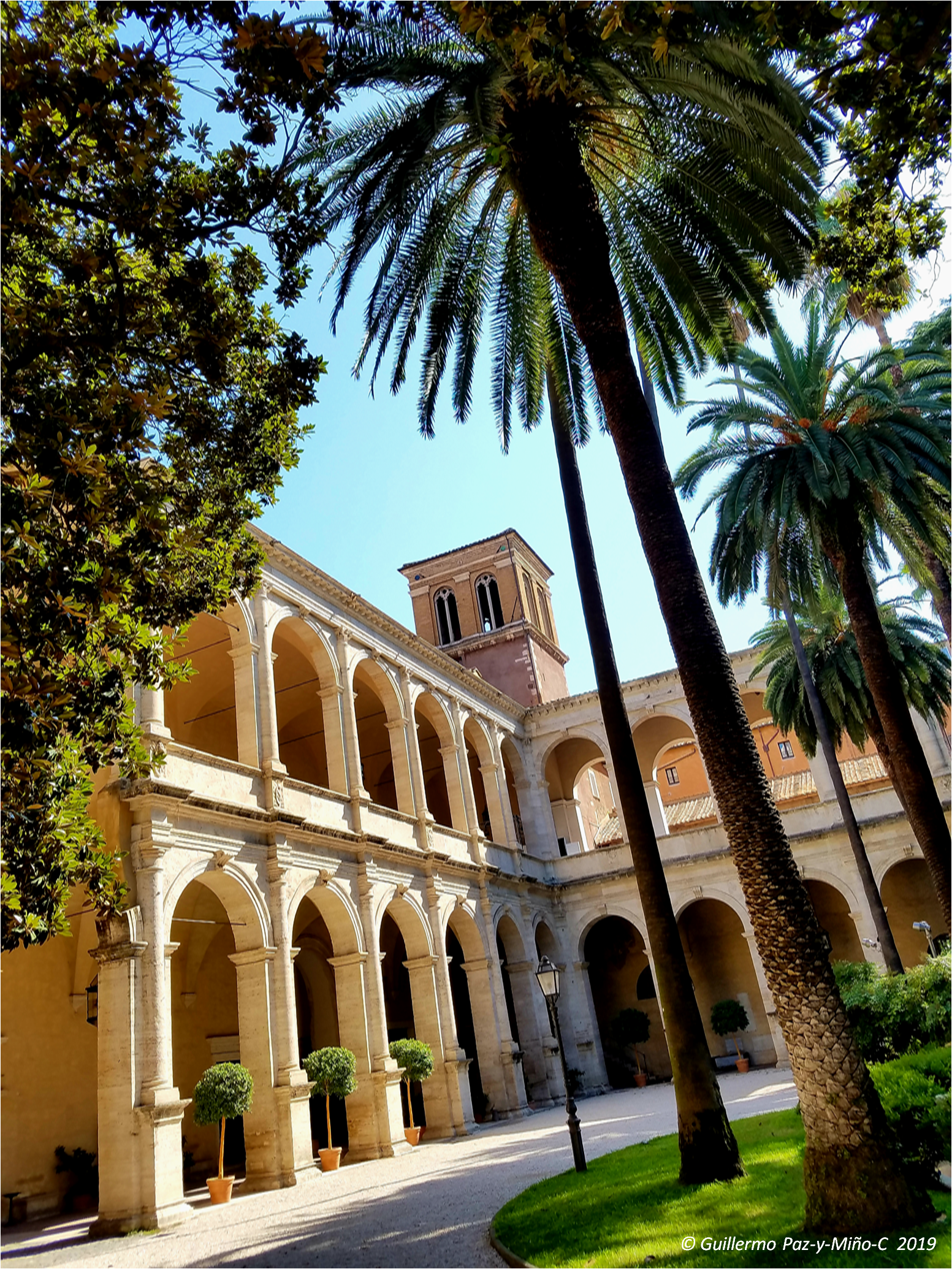
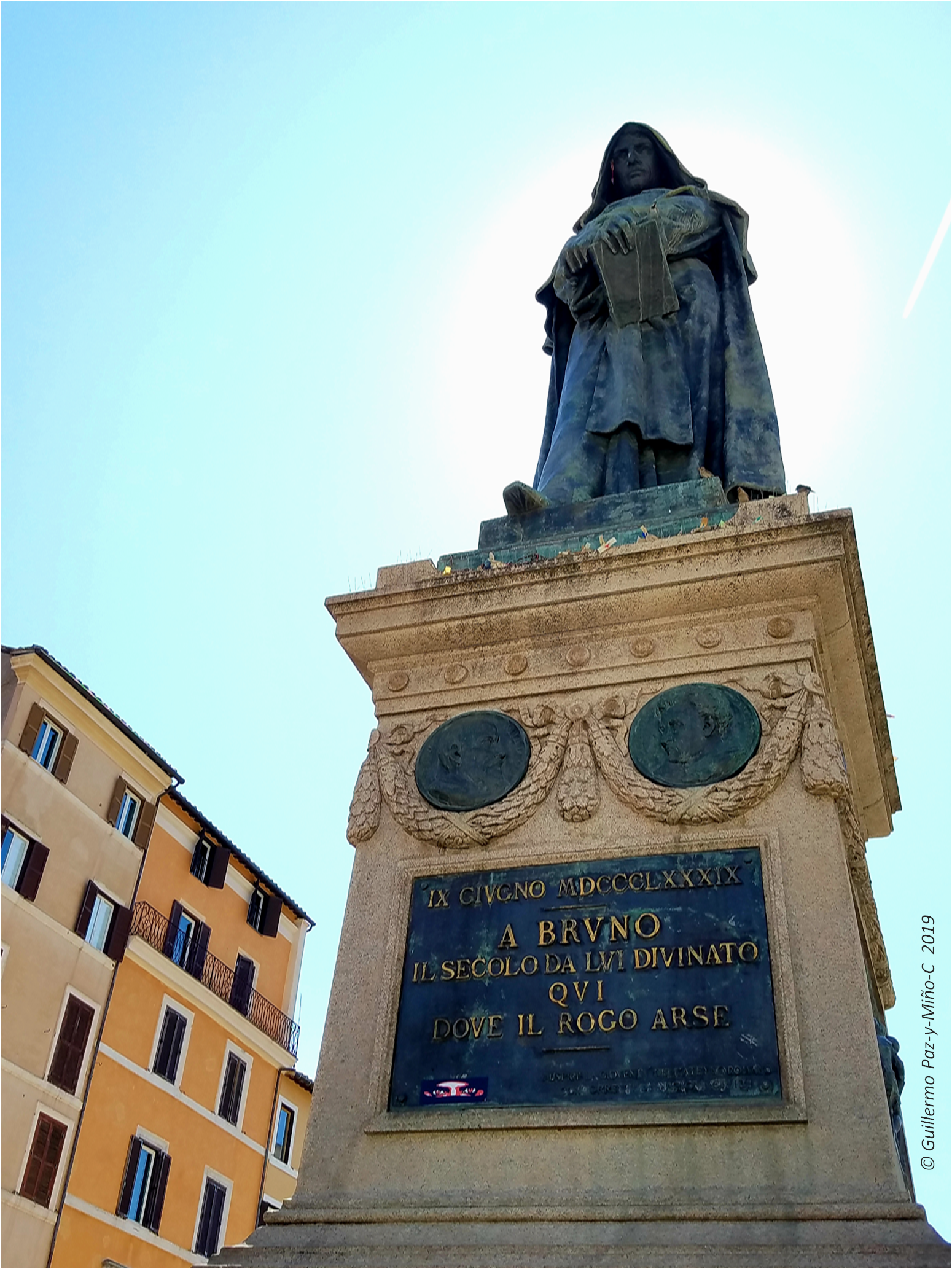







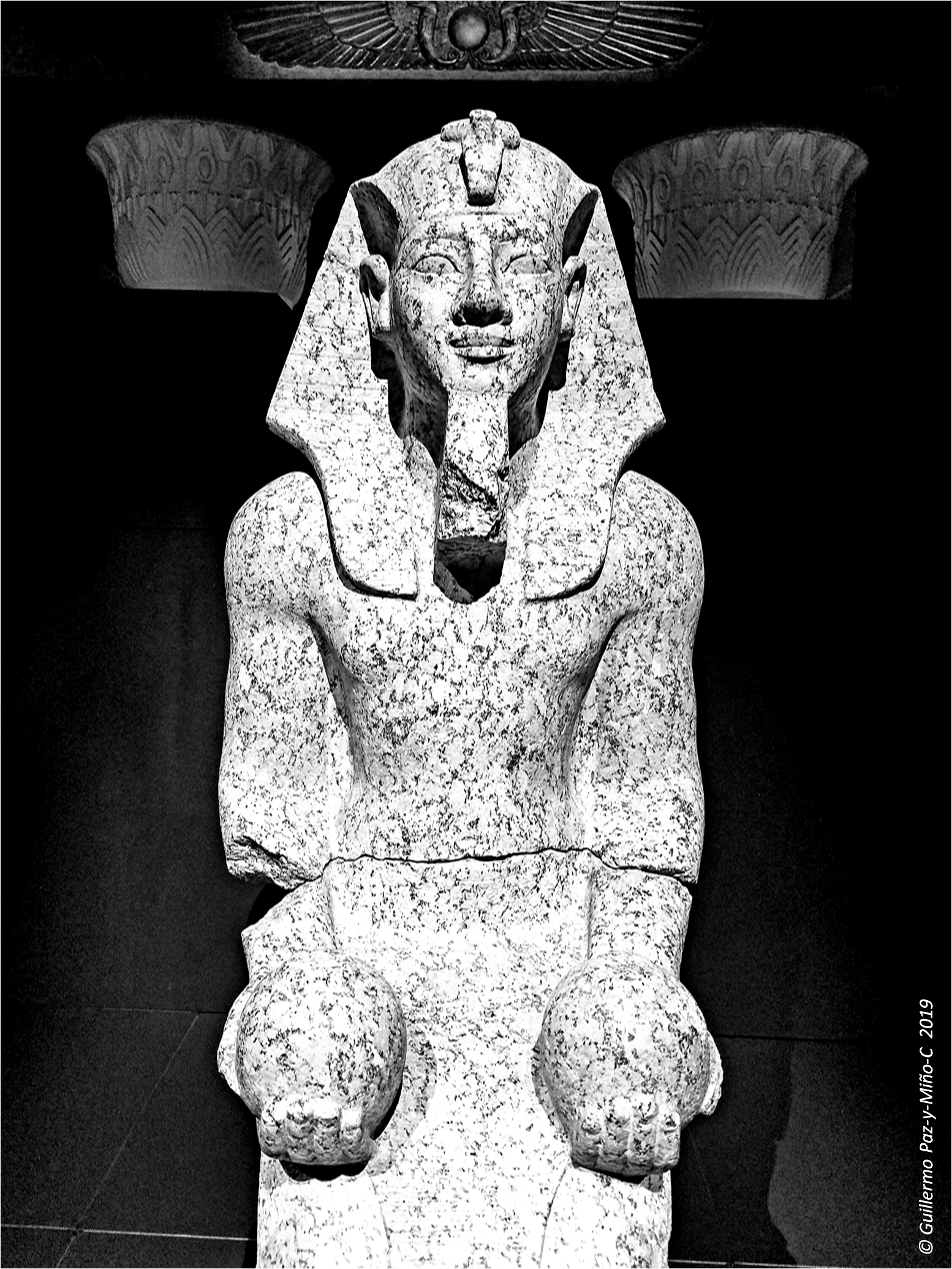



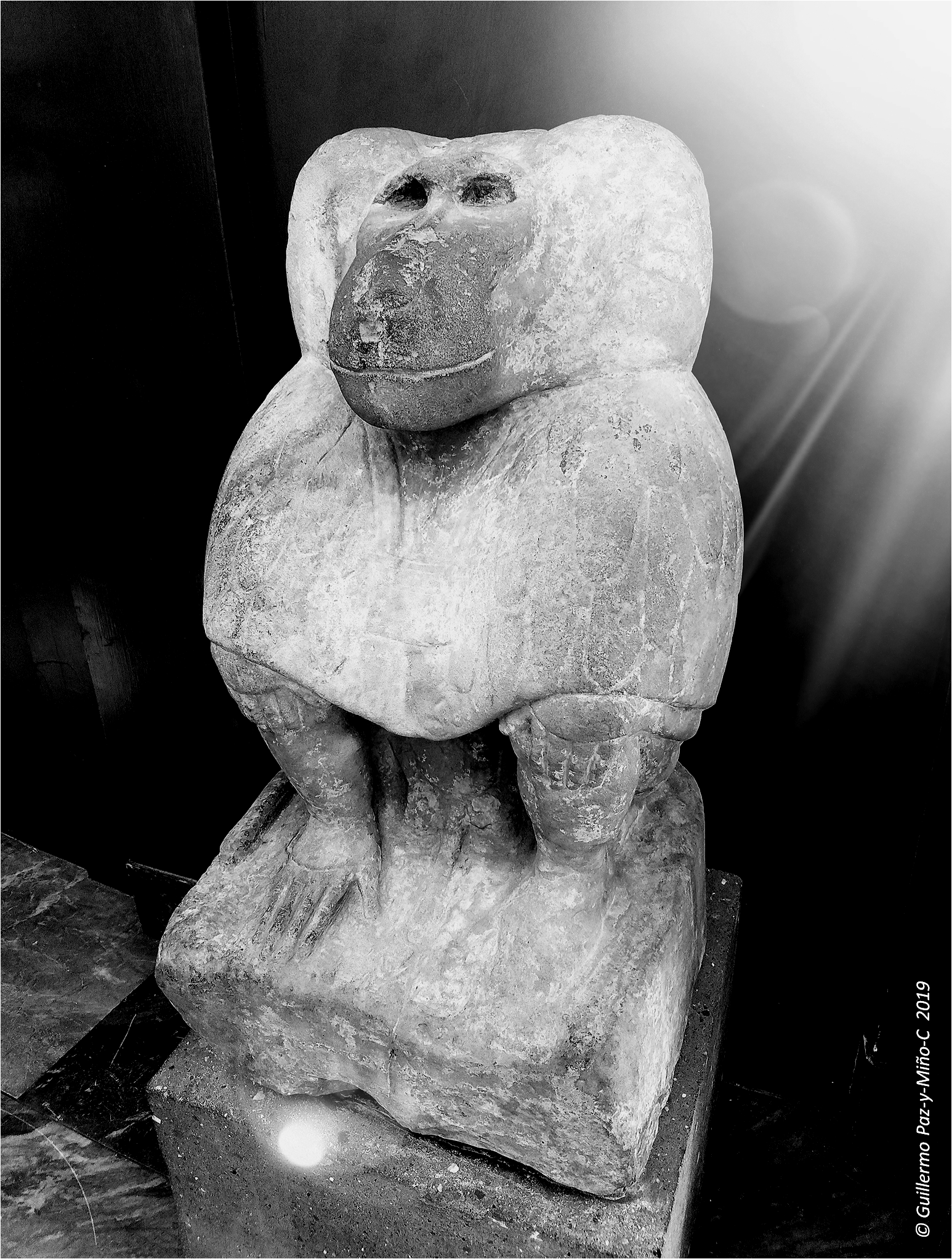

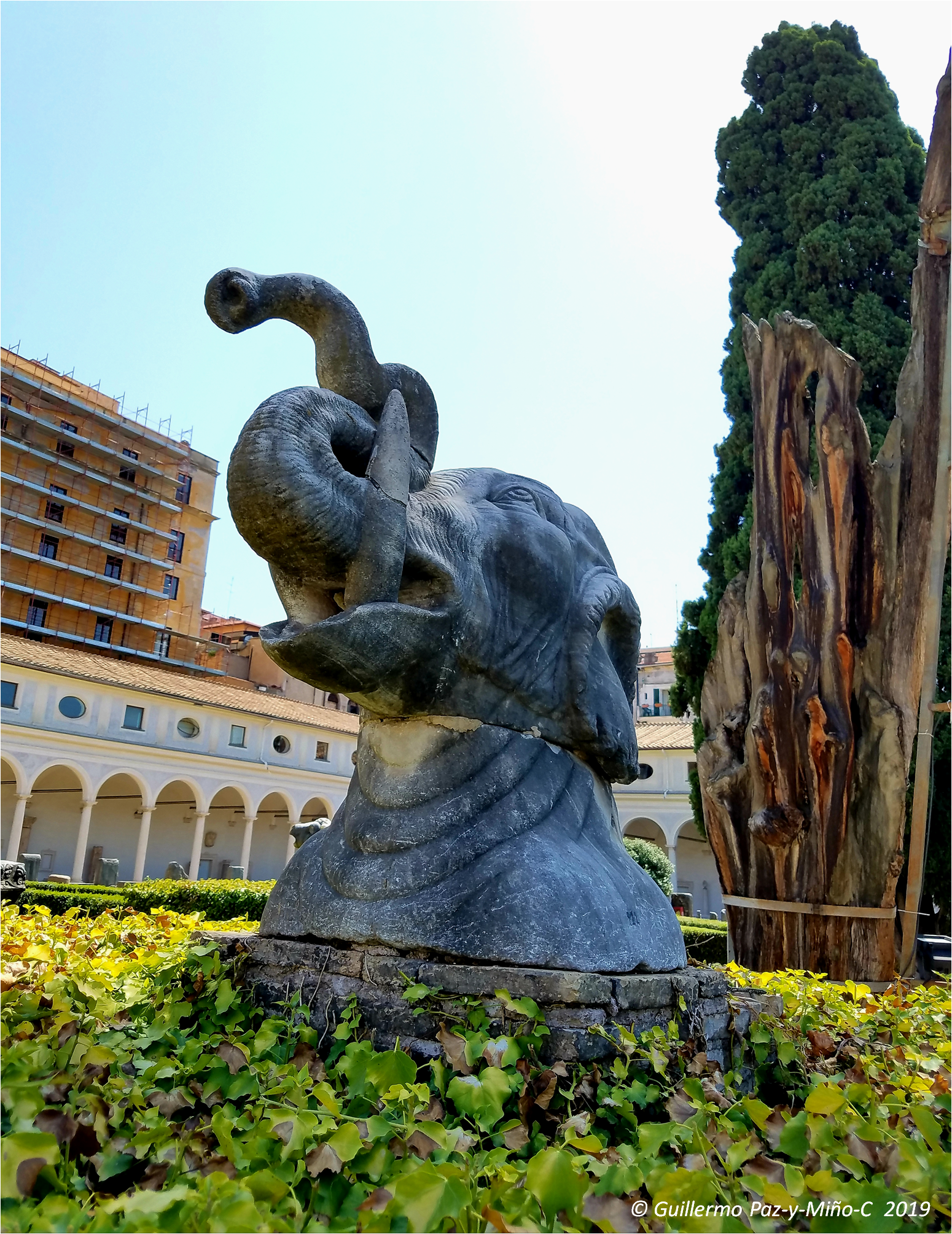











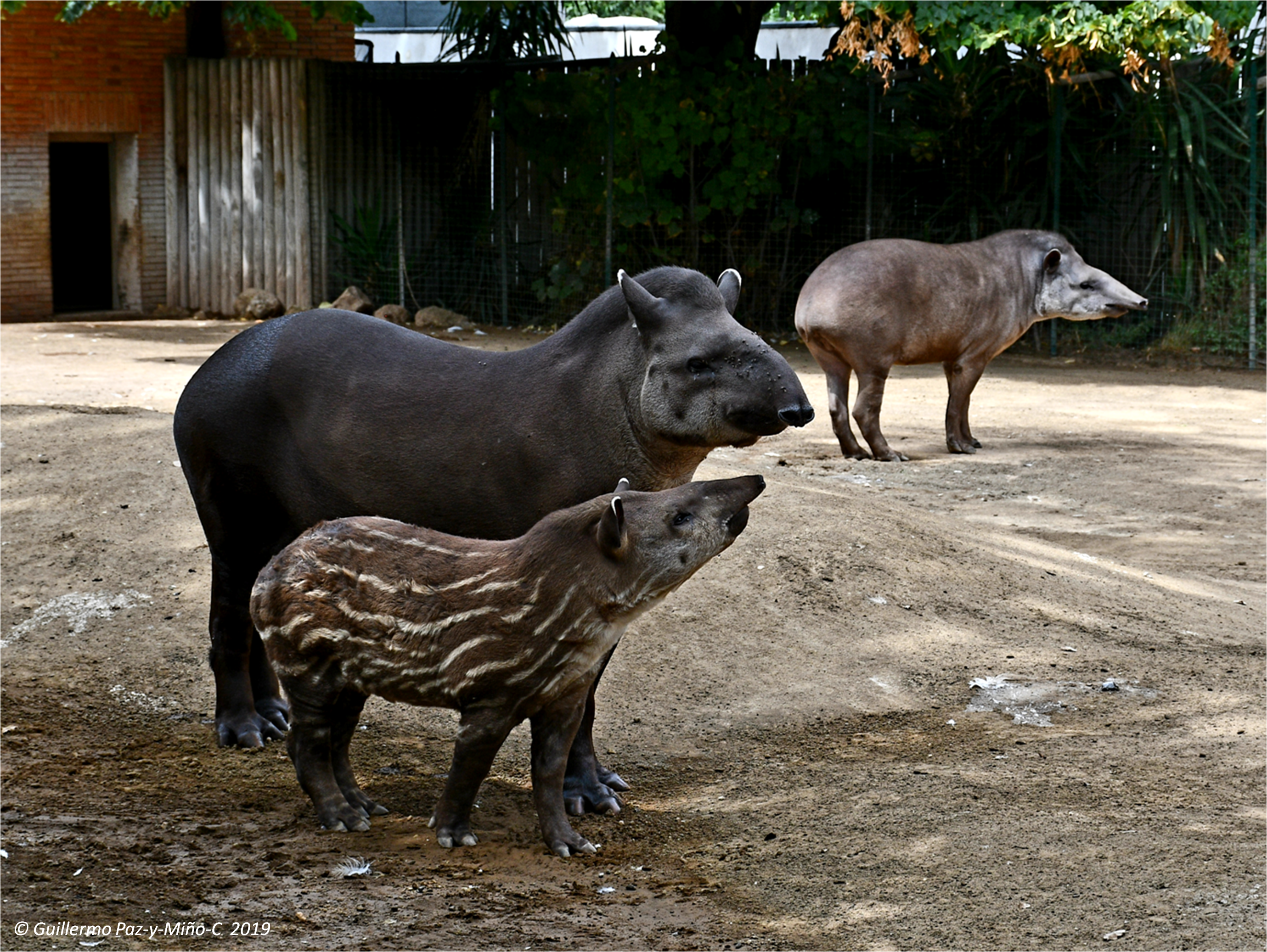












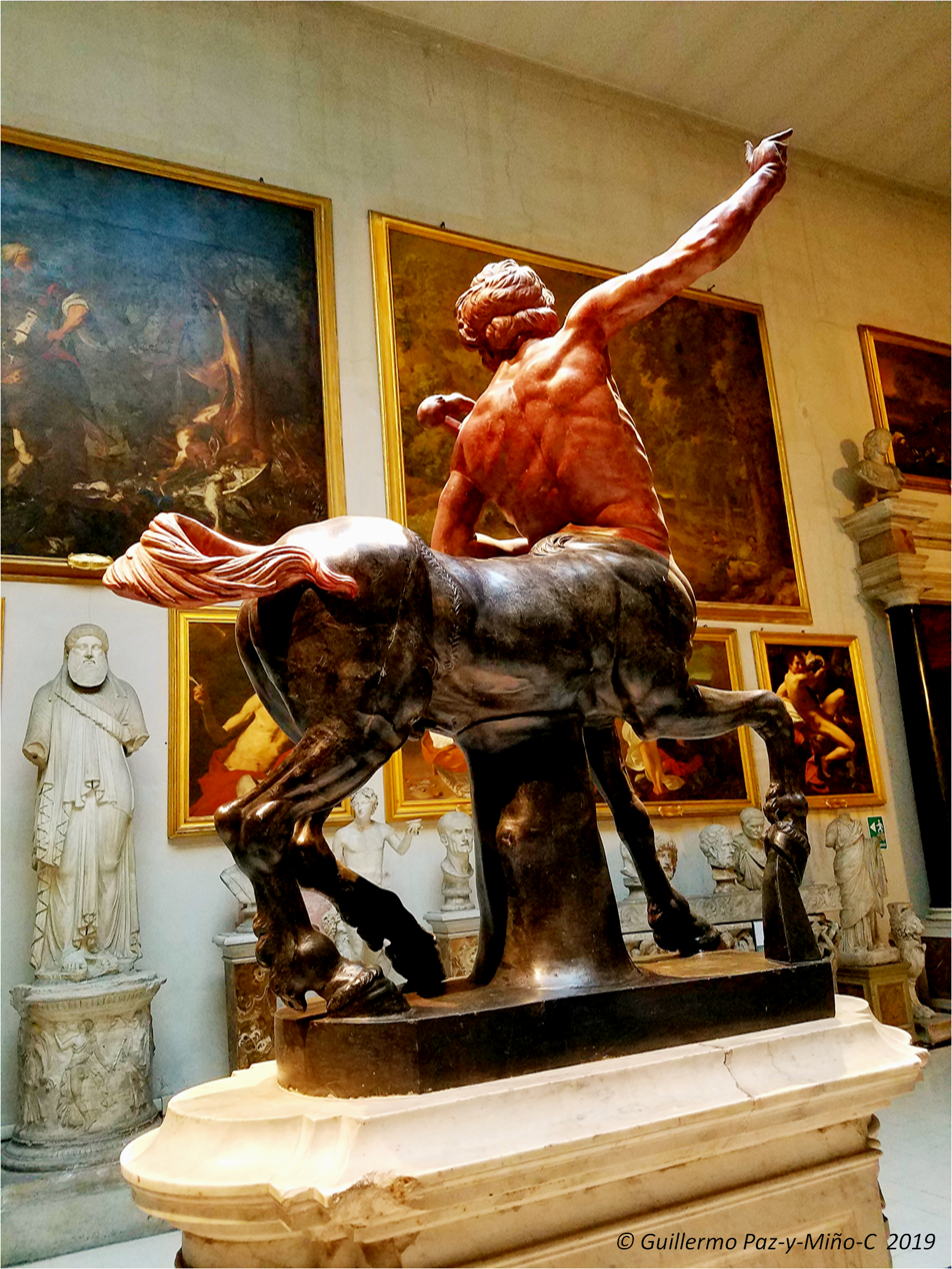


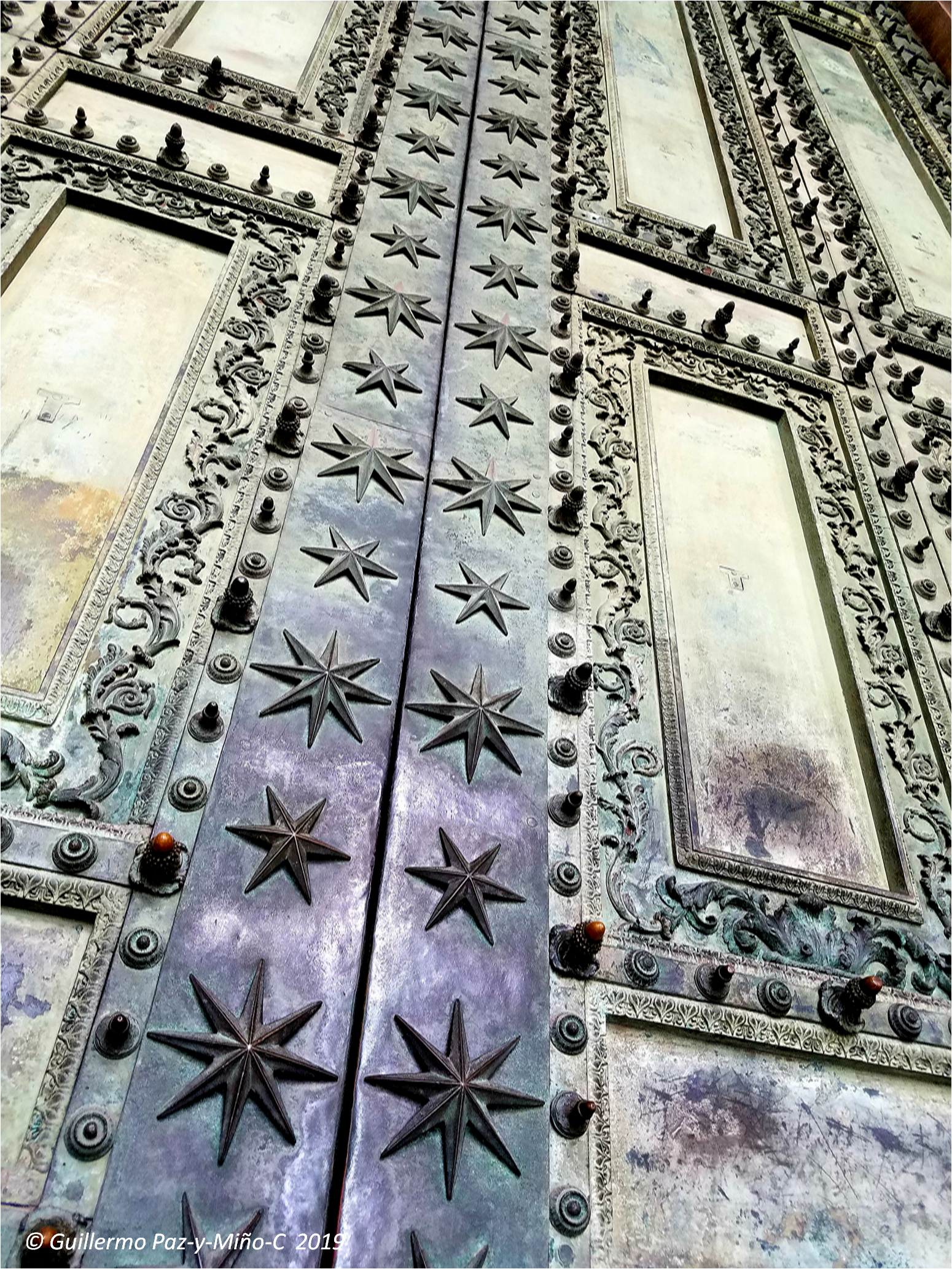




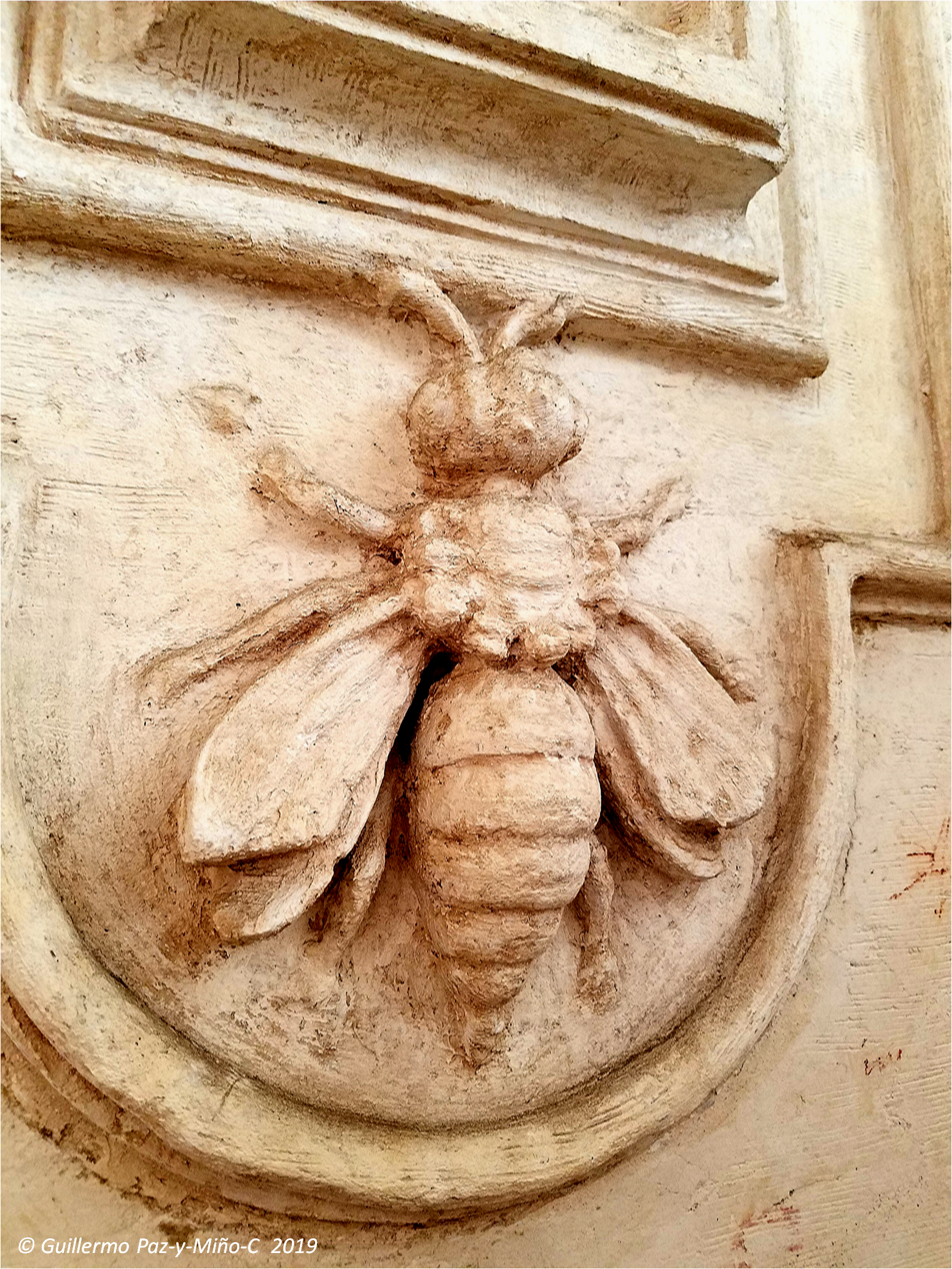

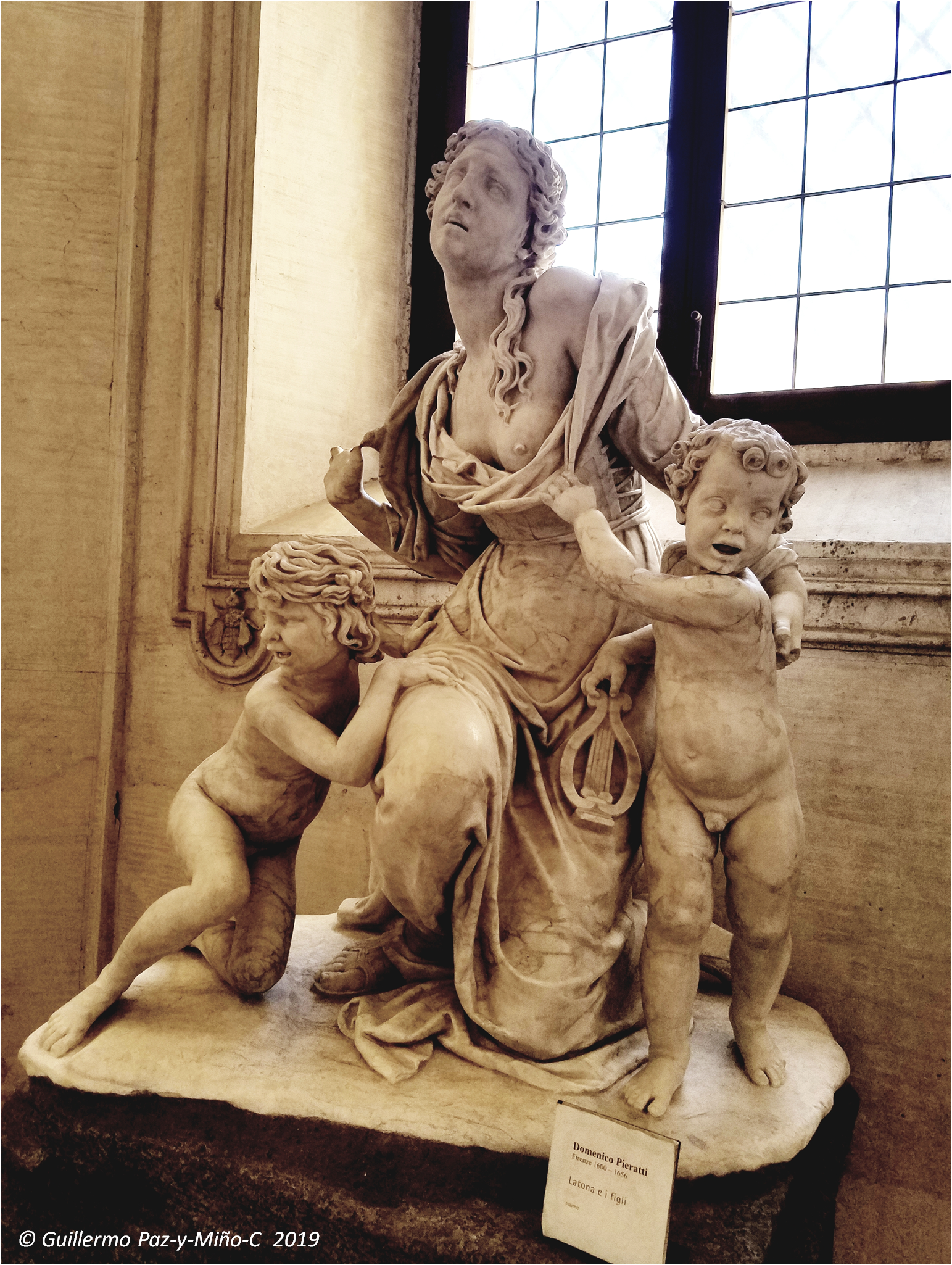

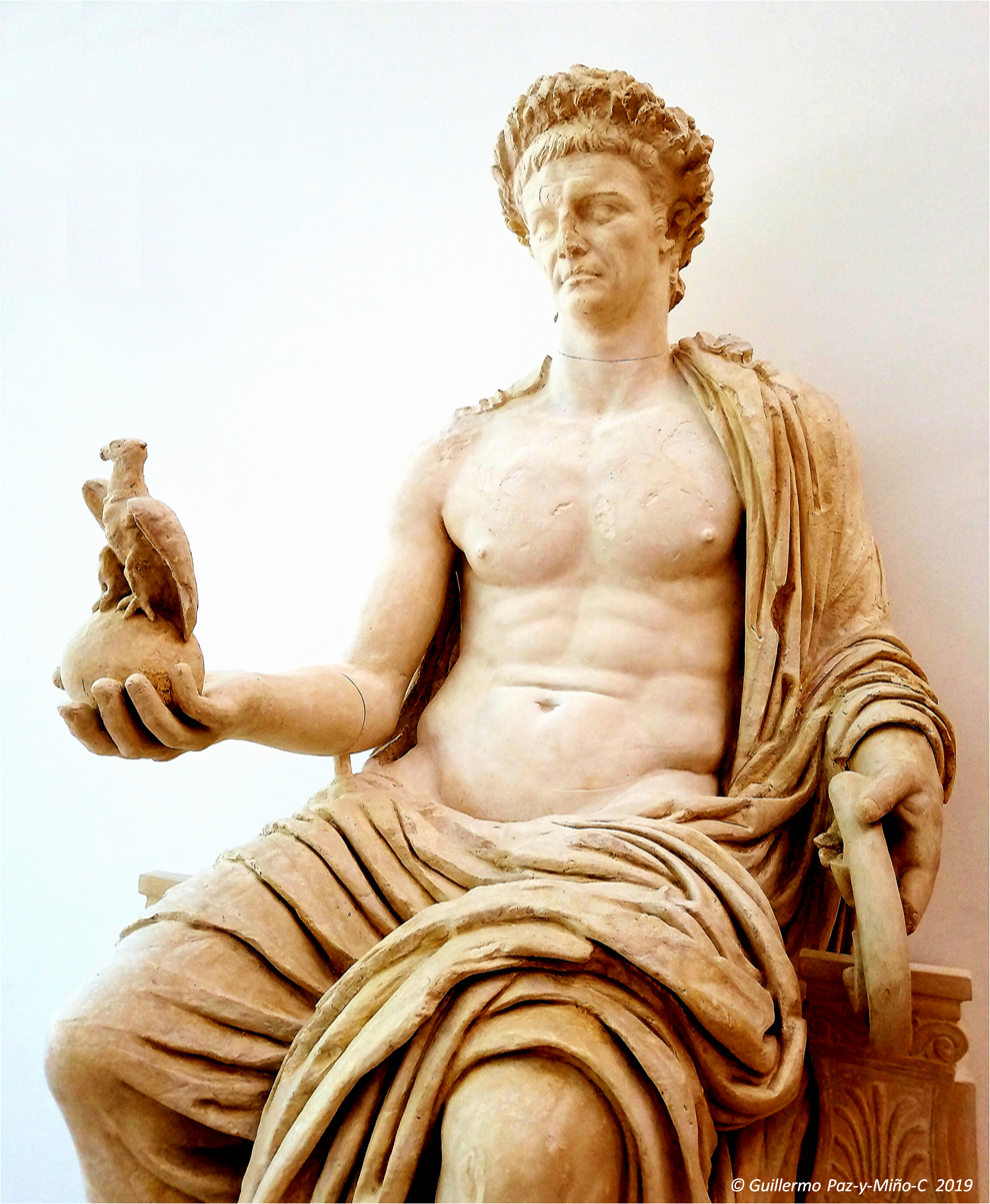



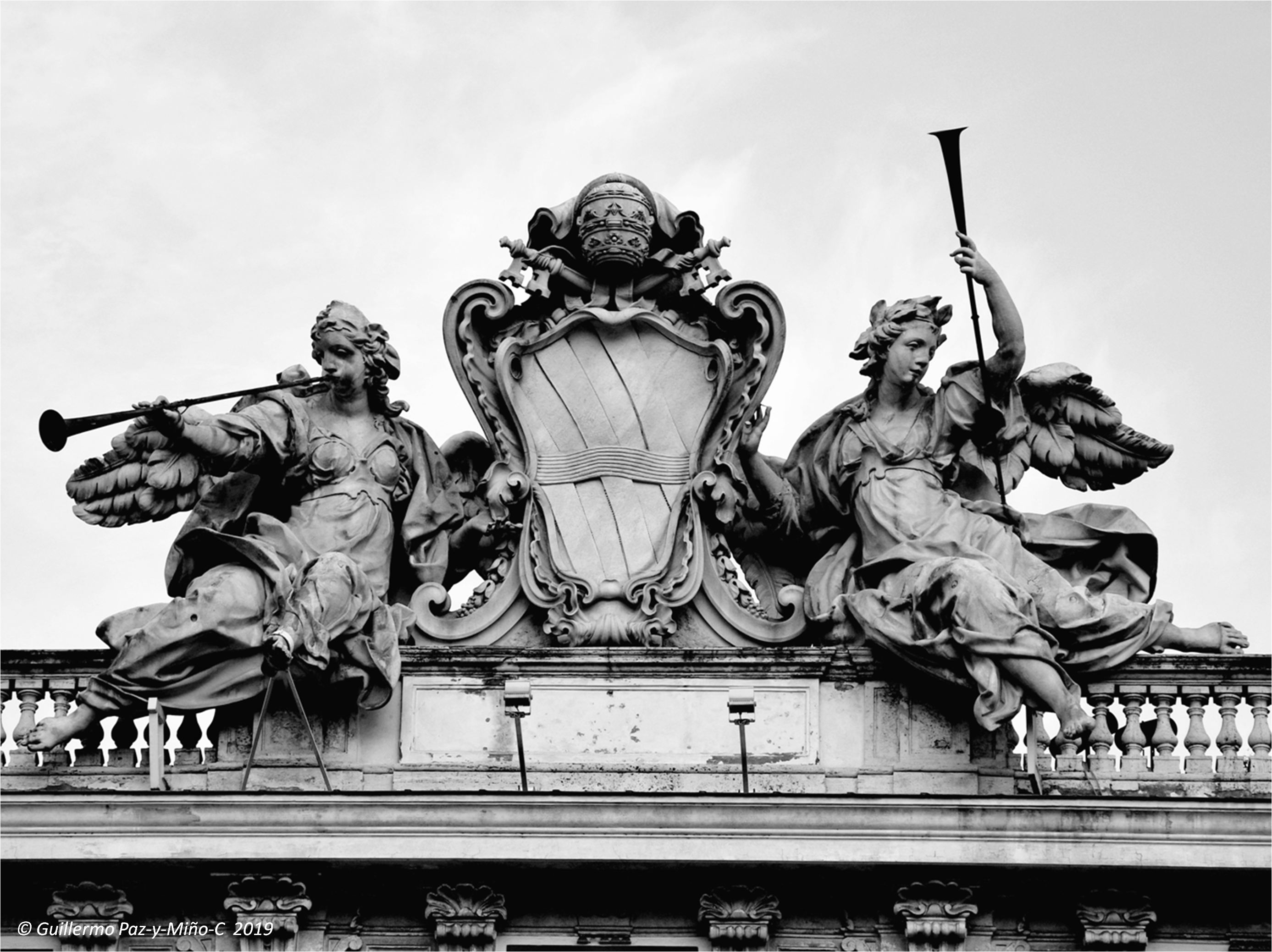



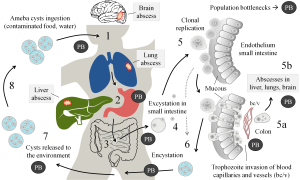






































































































































































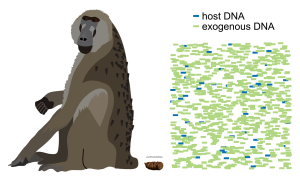

You must be logged in to post a comment.